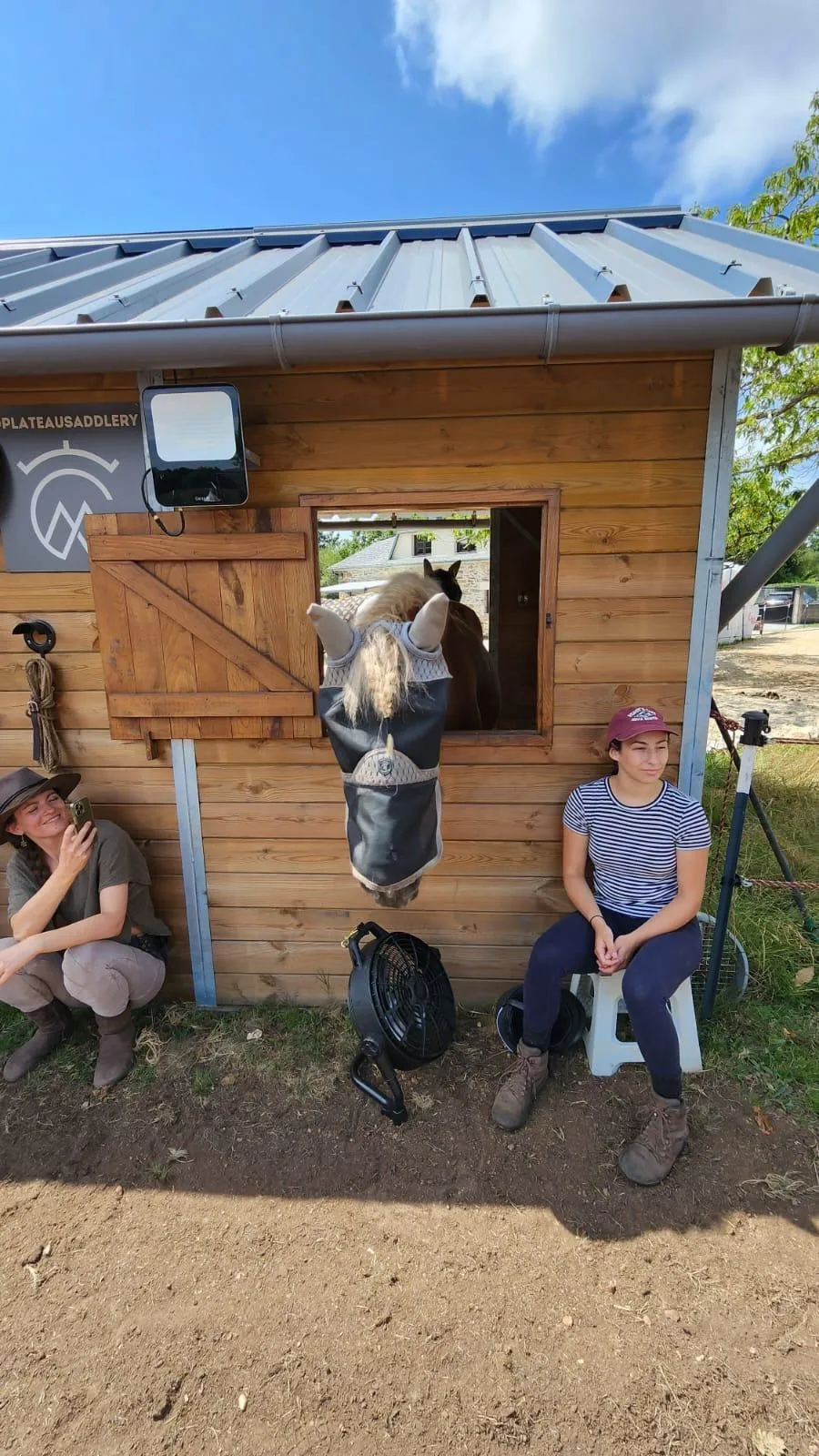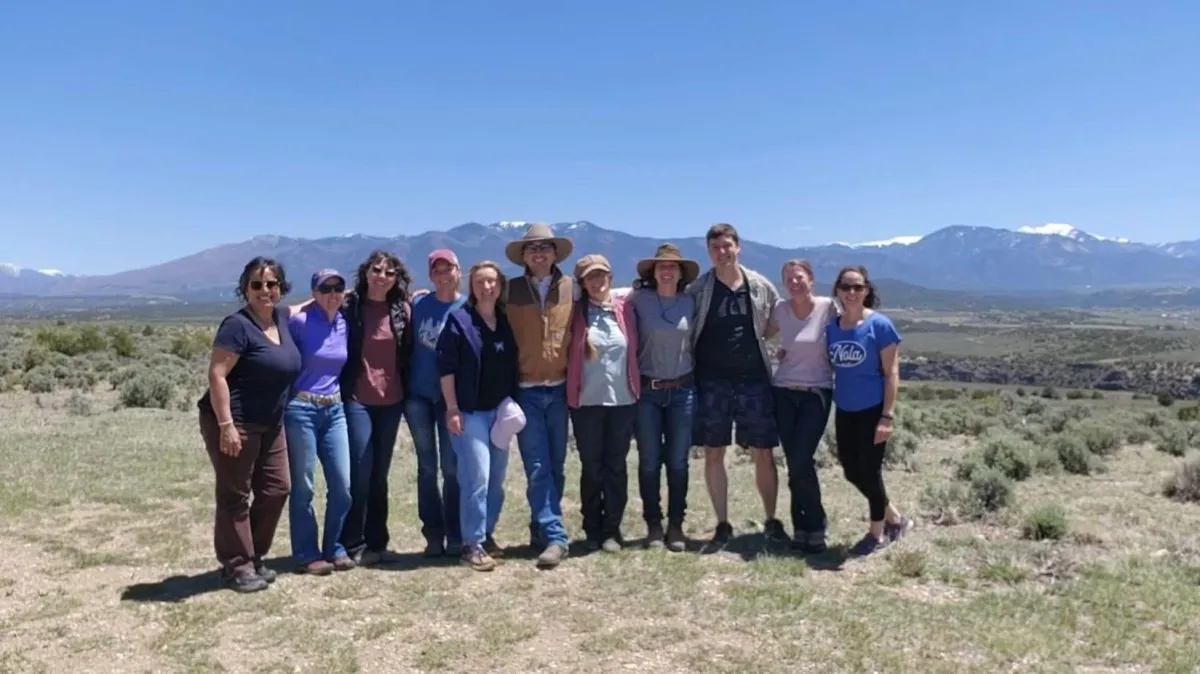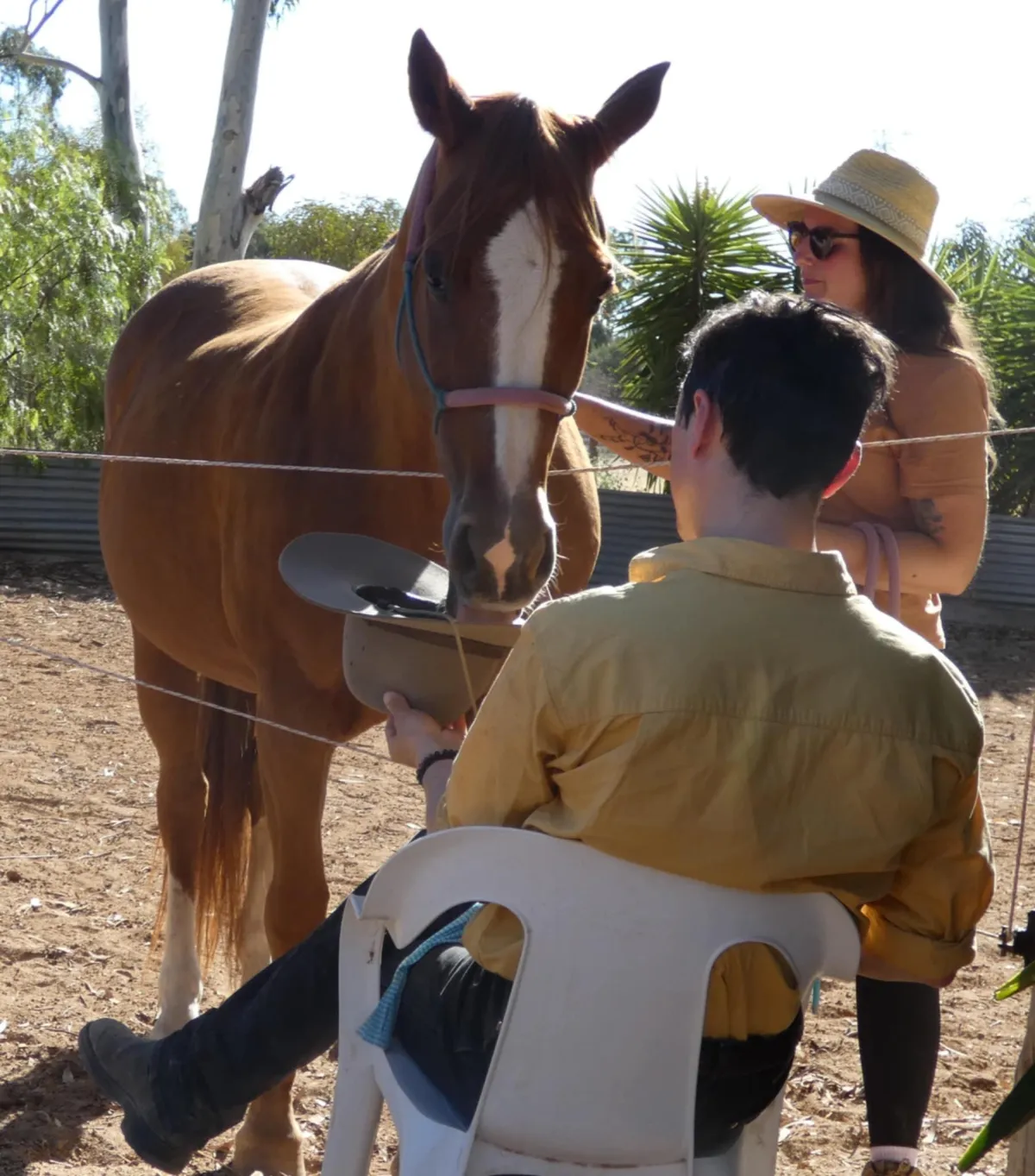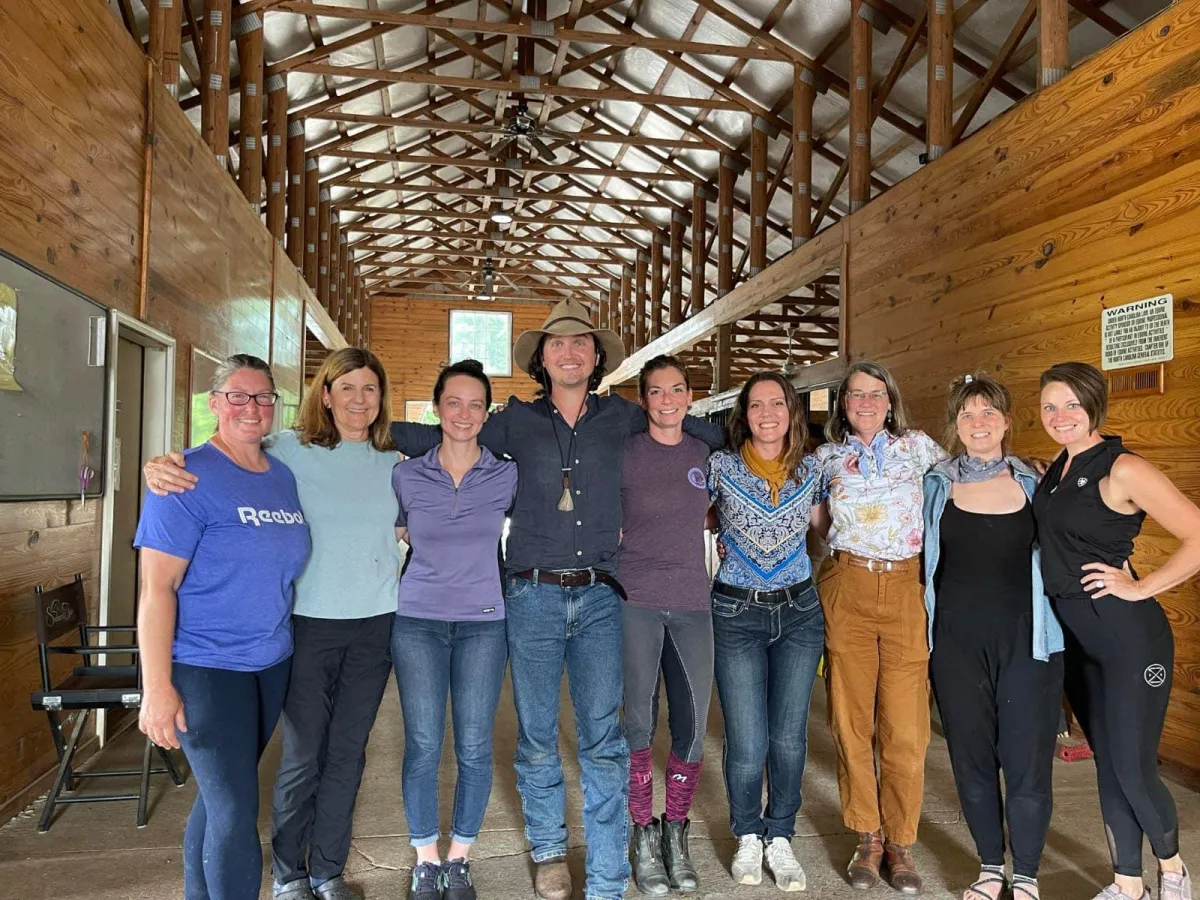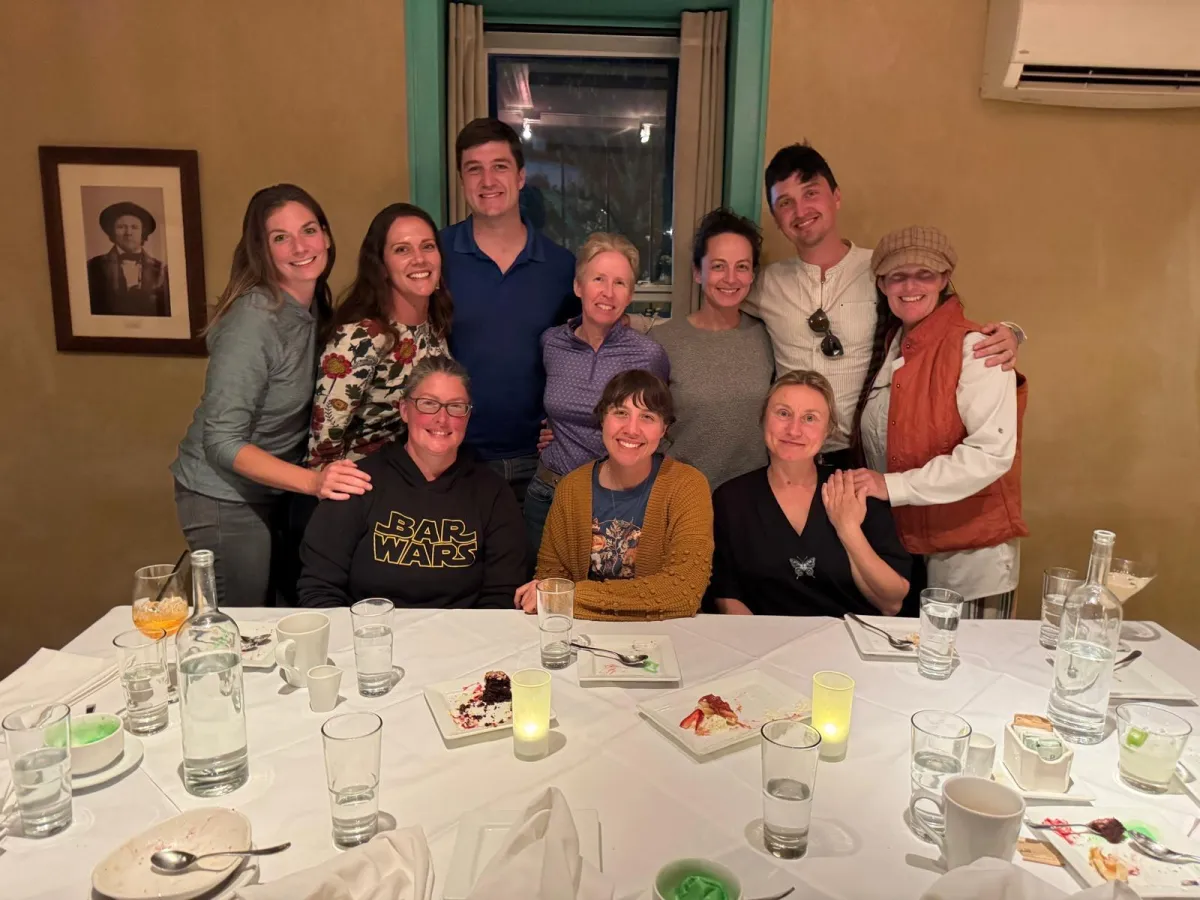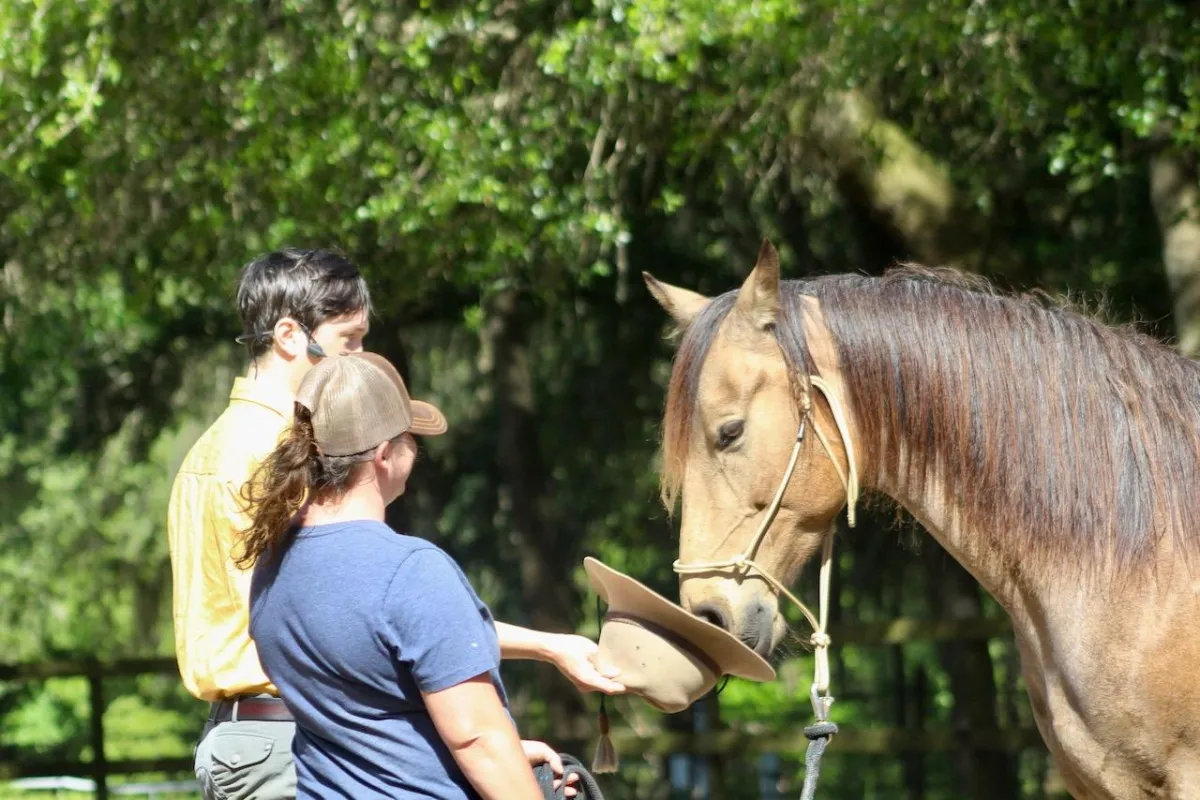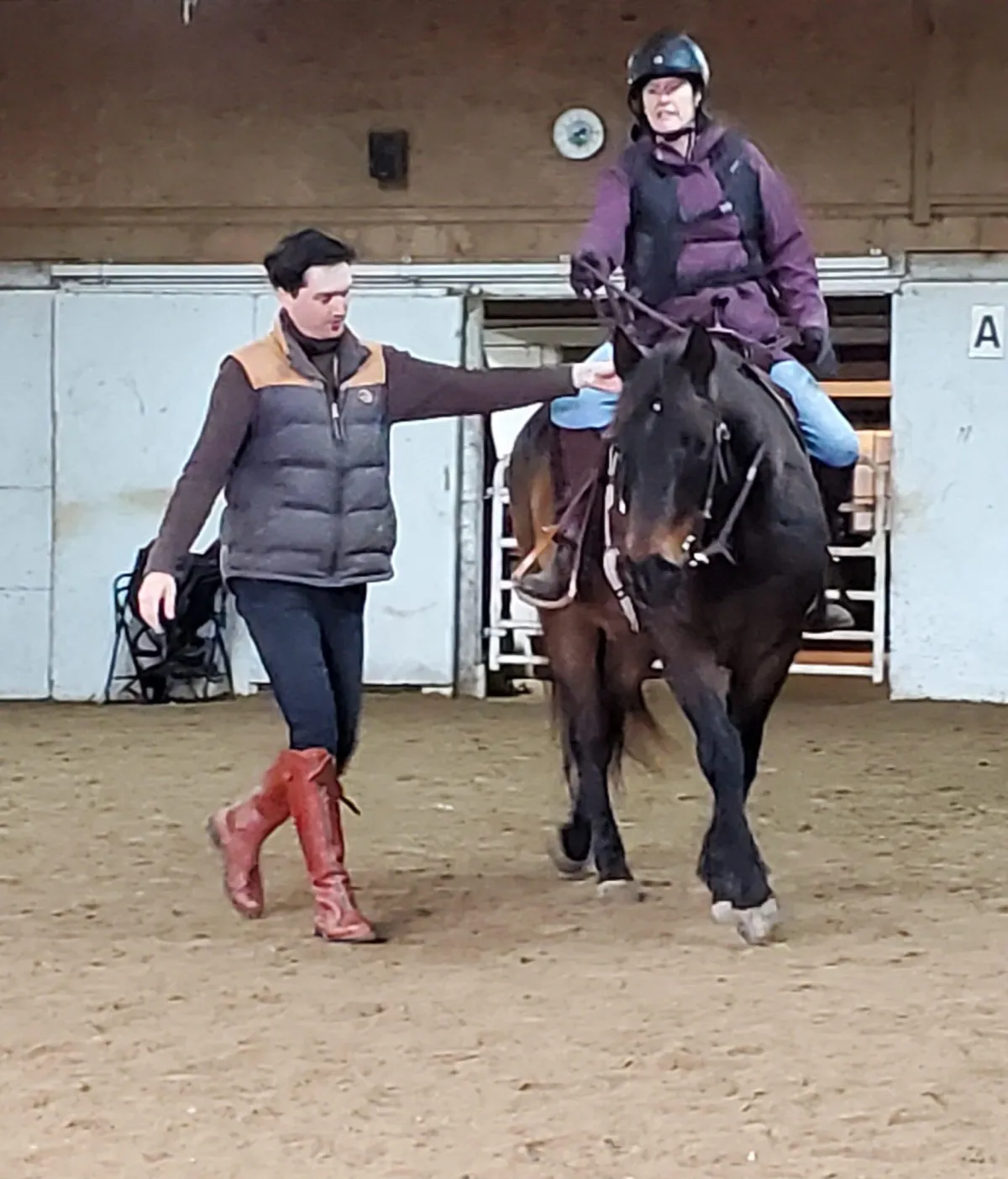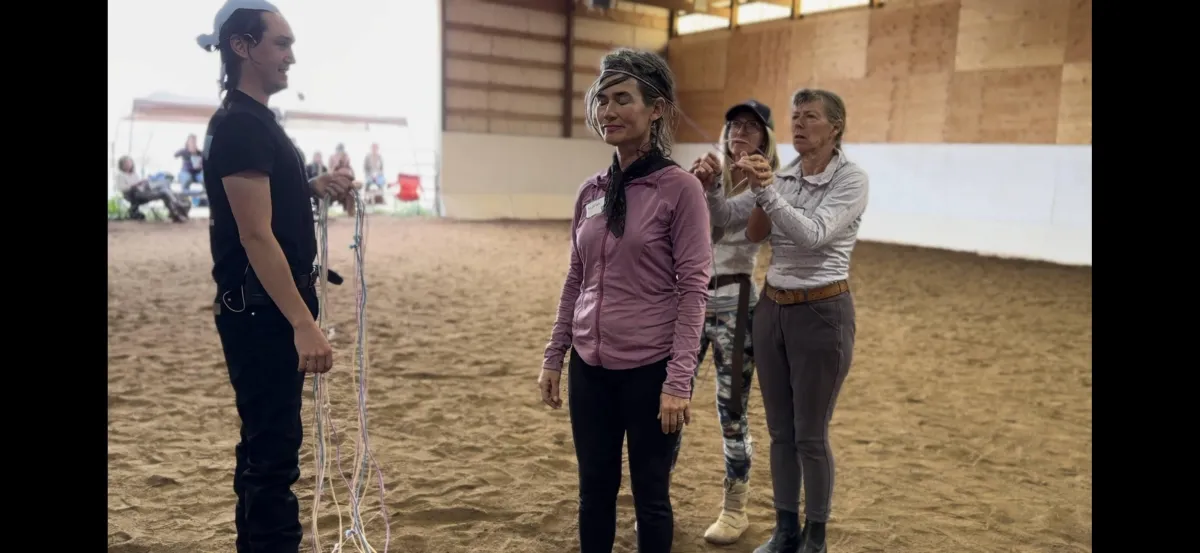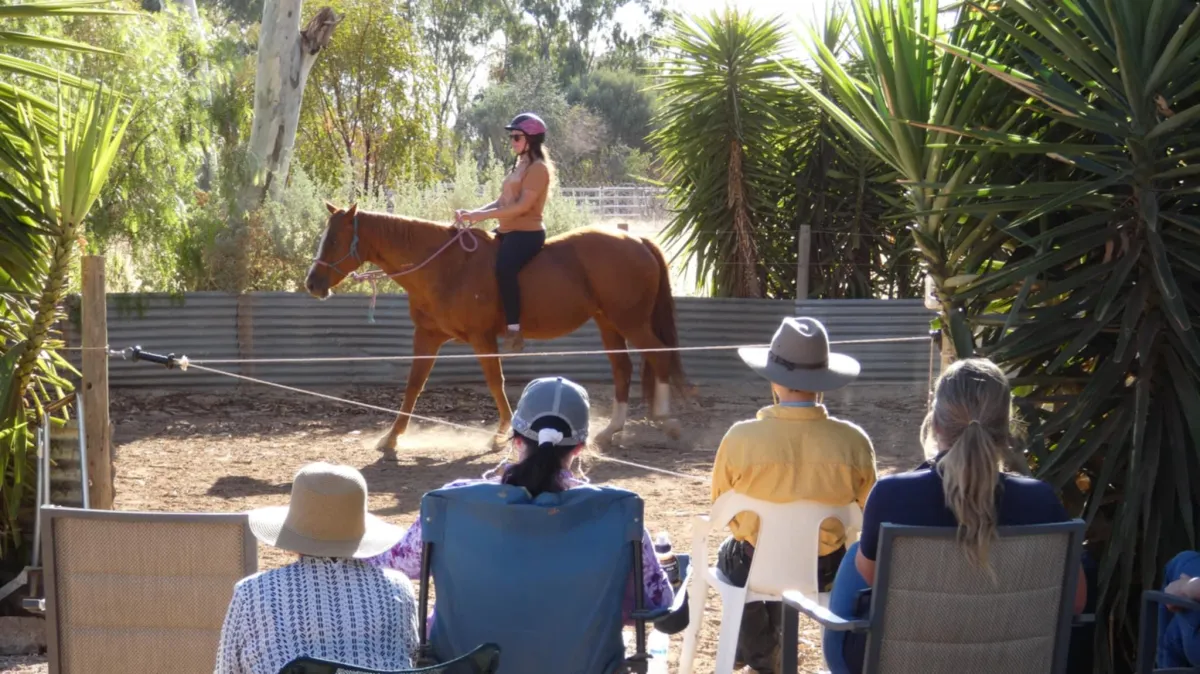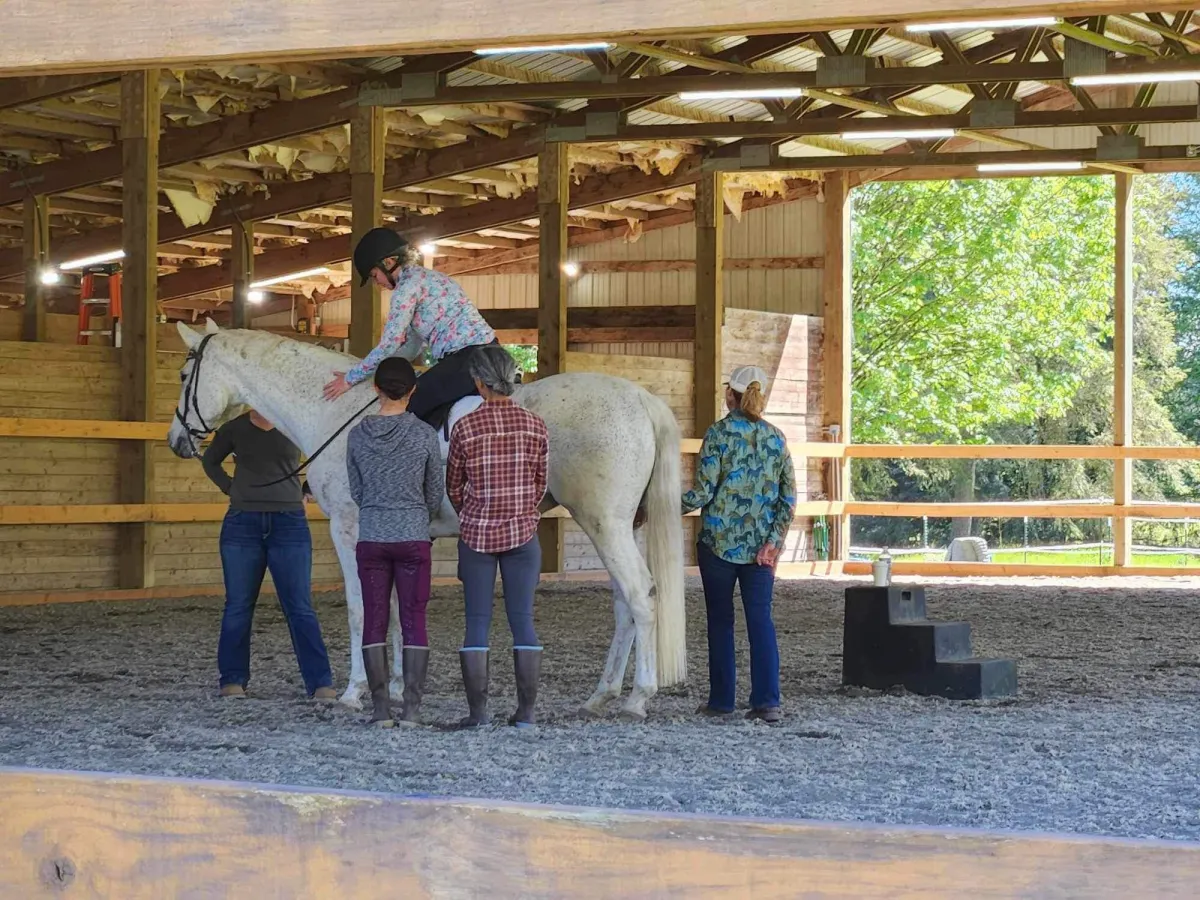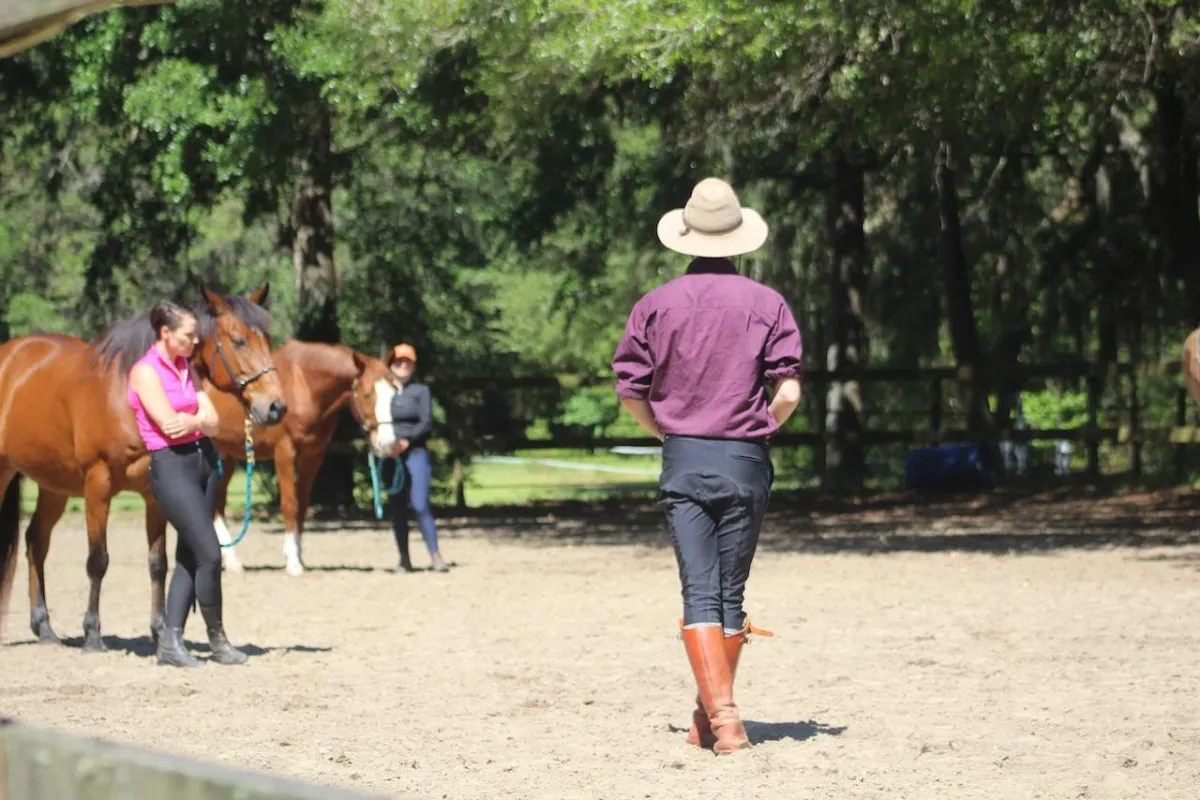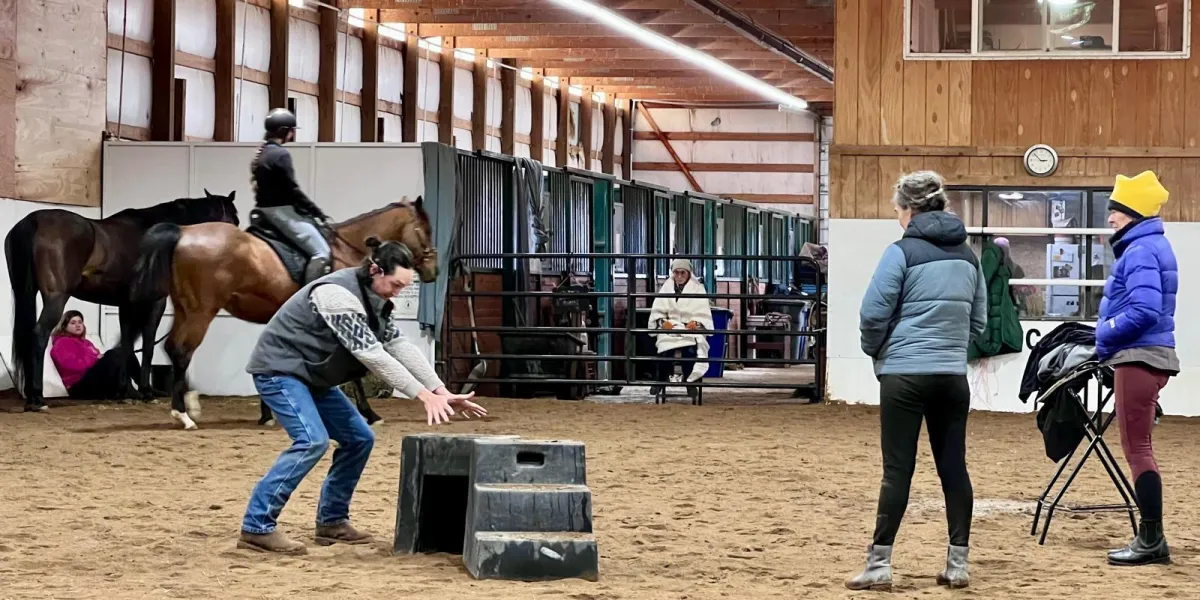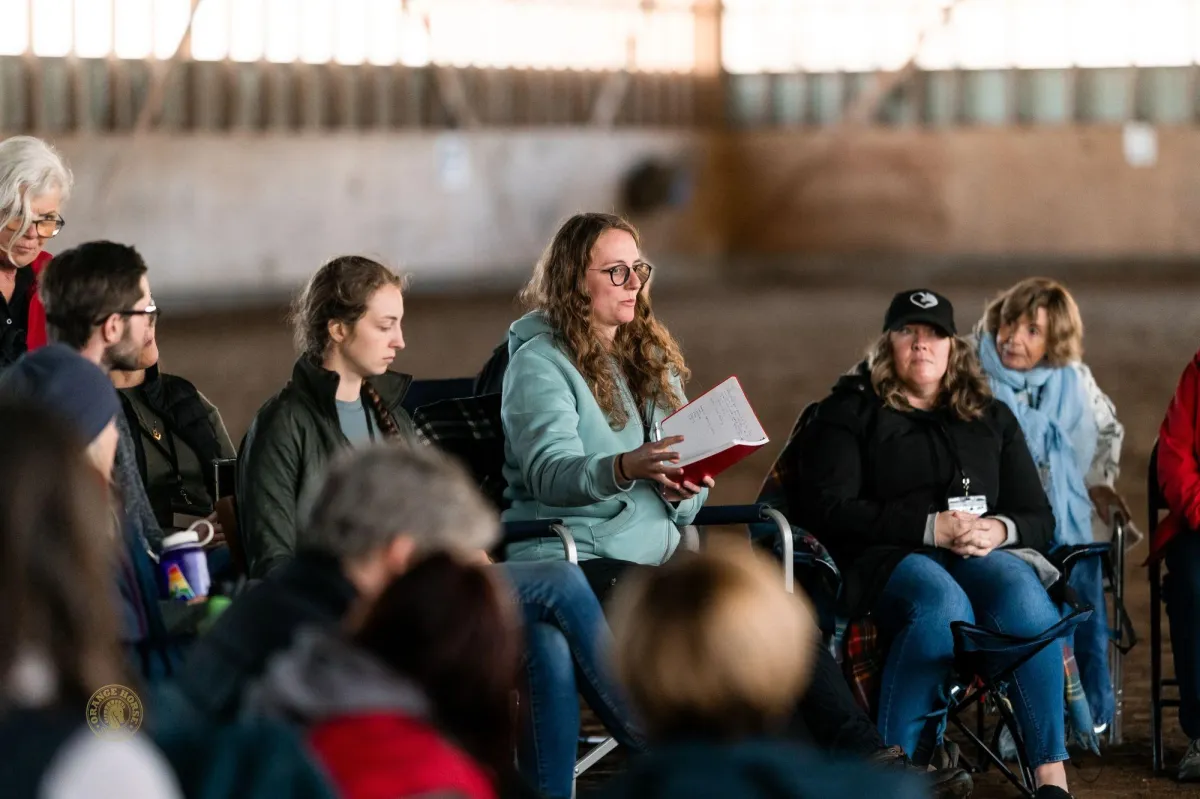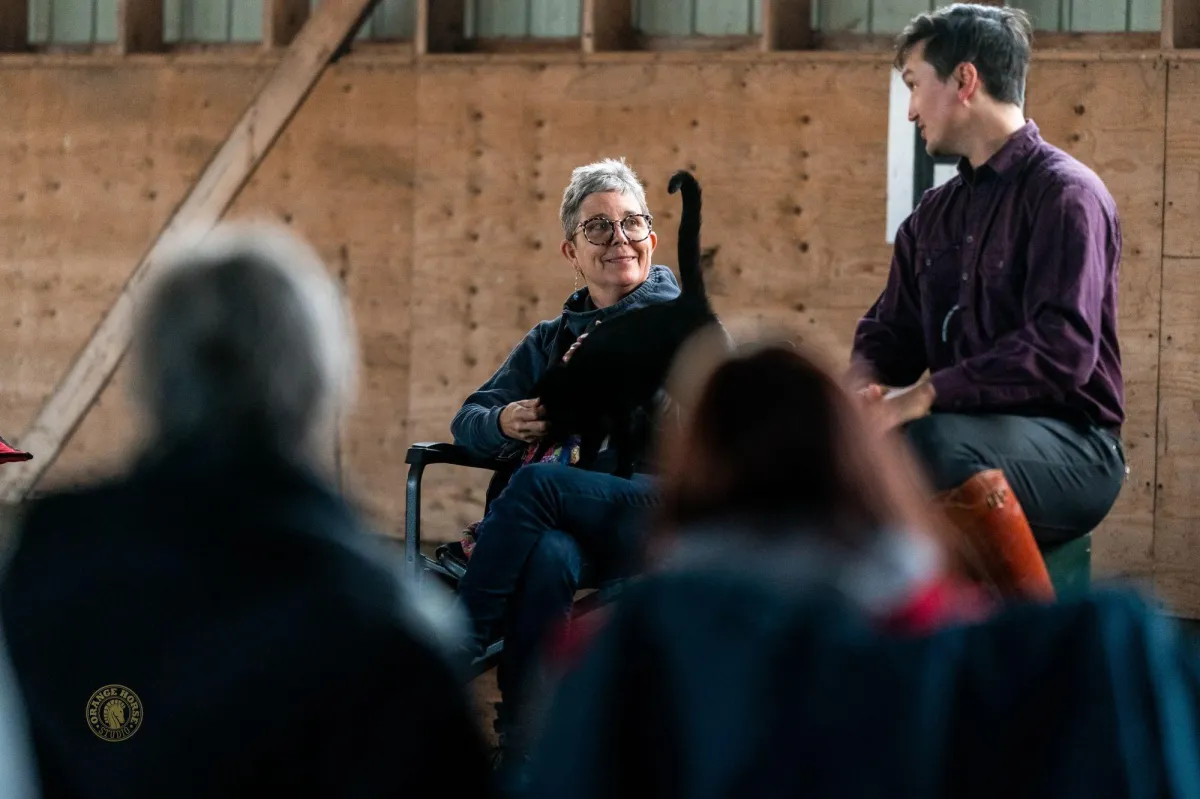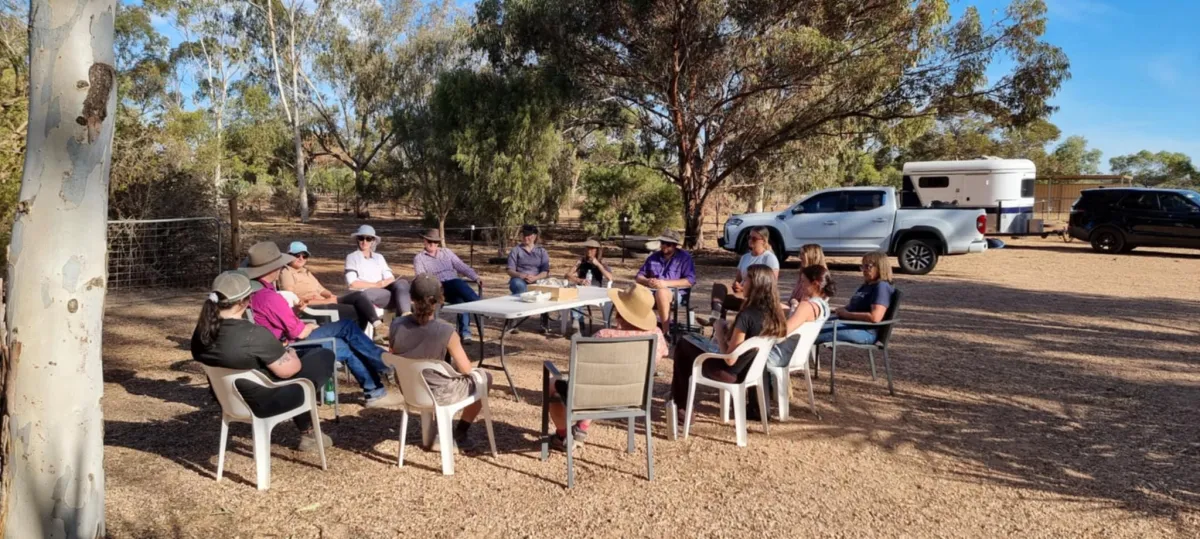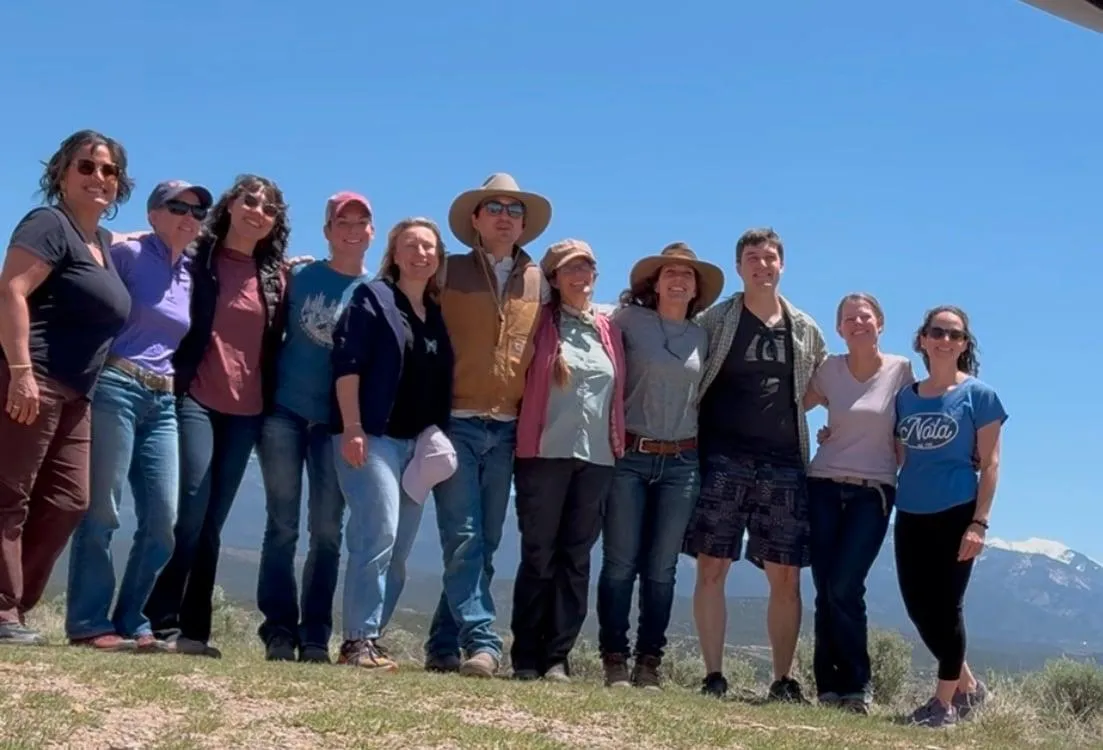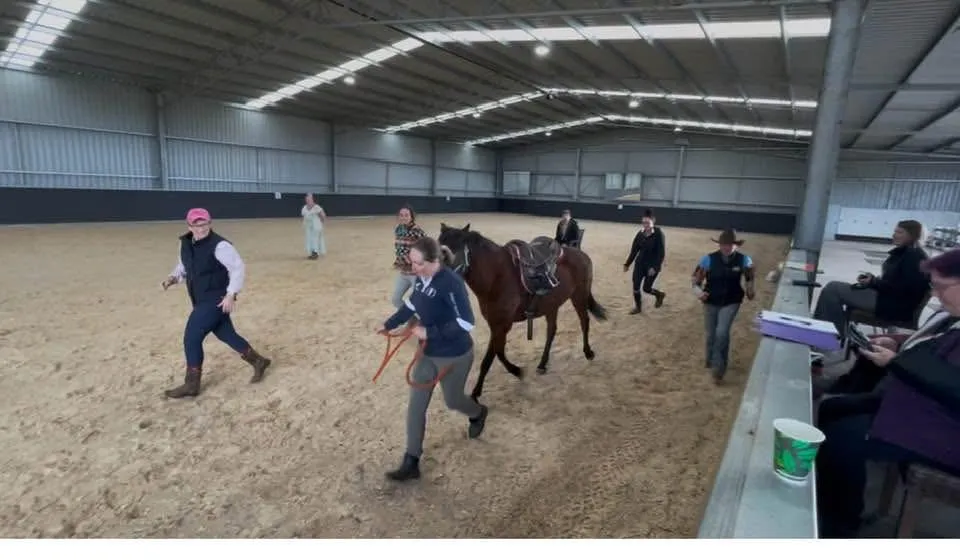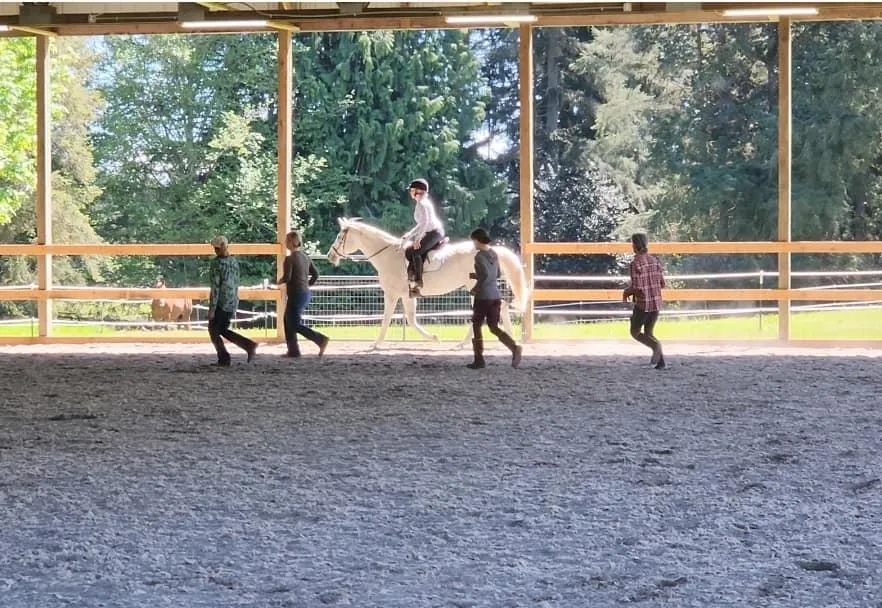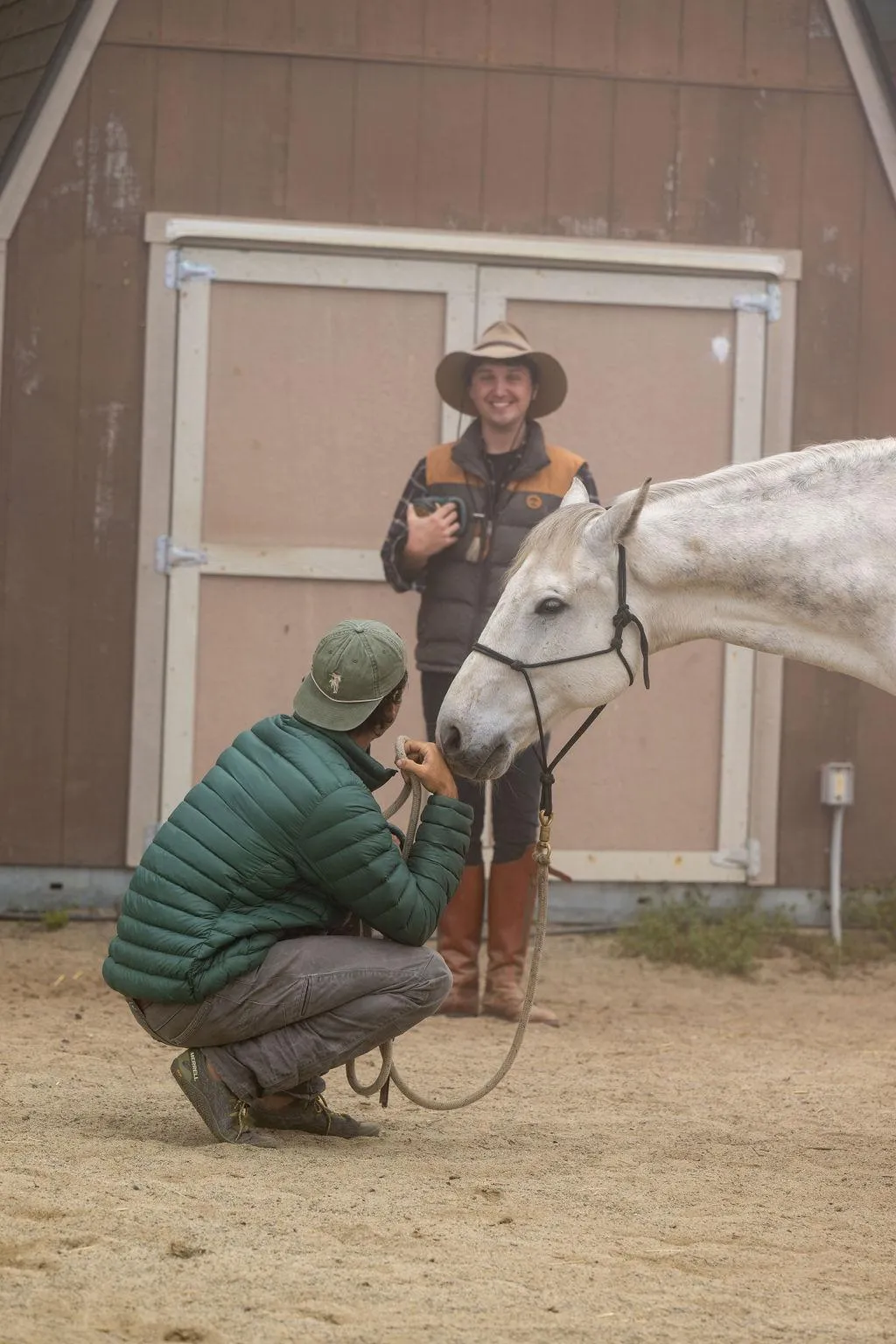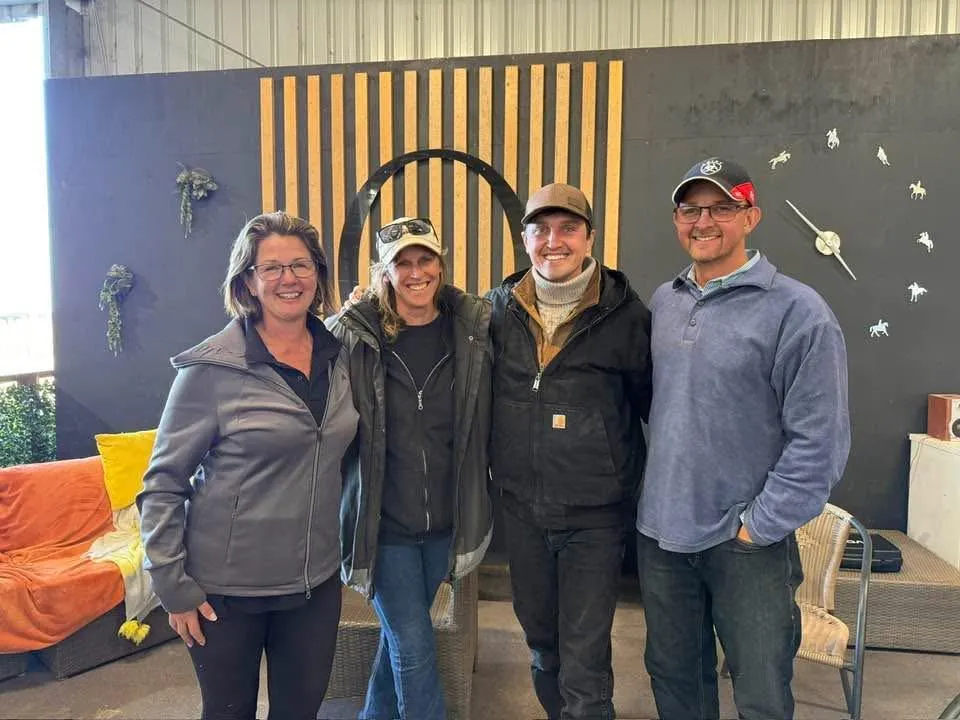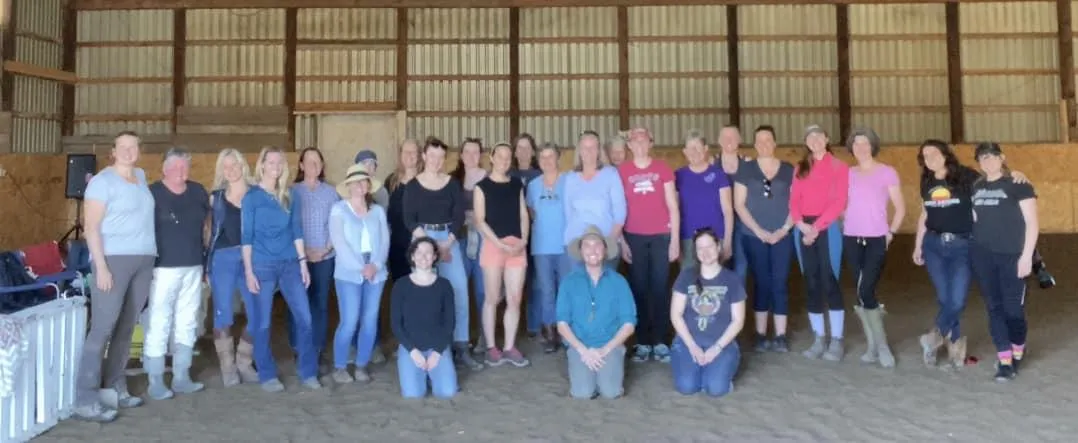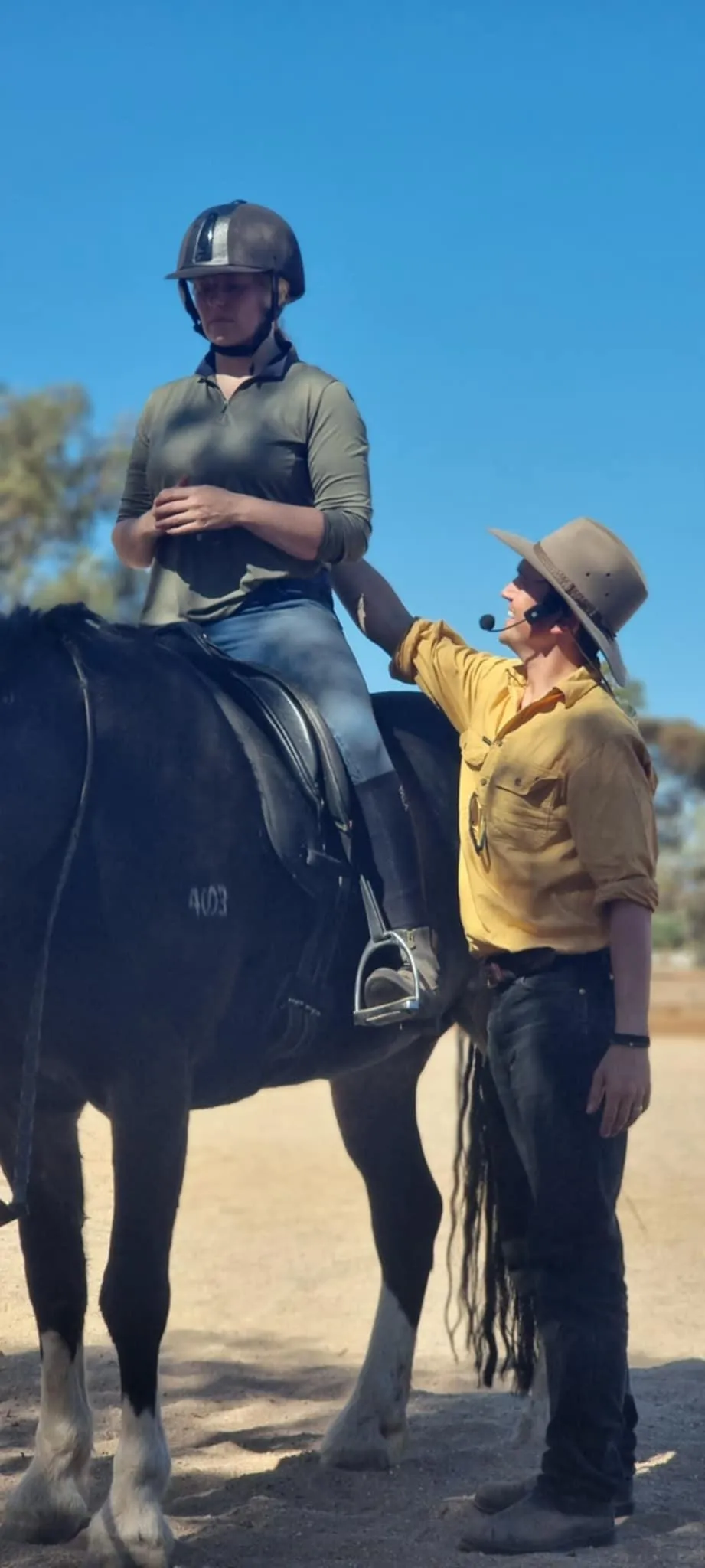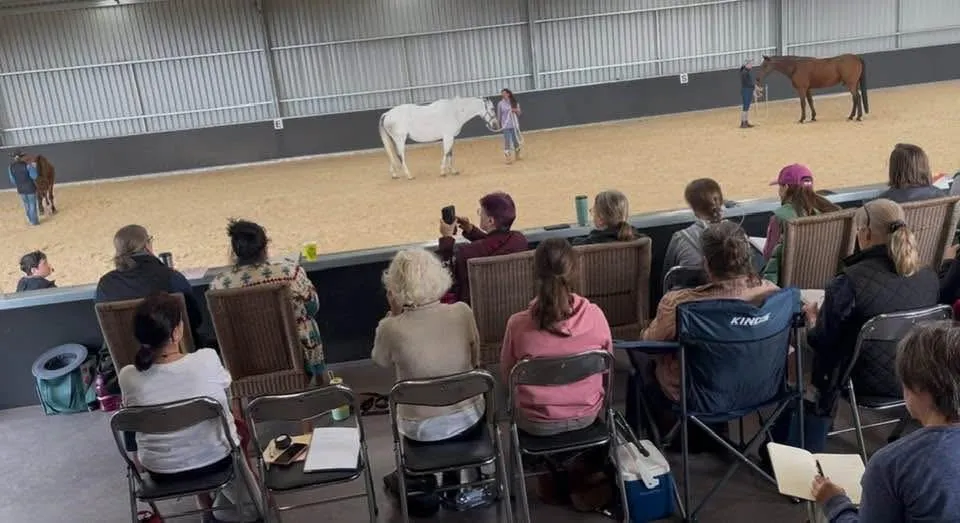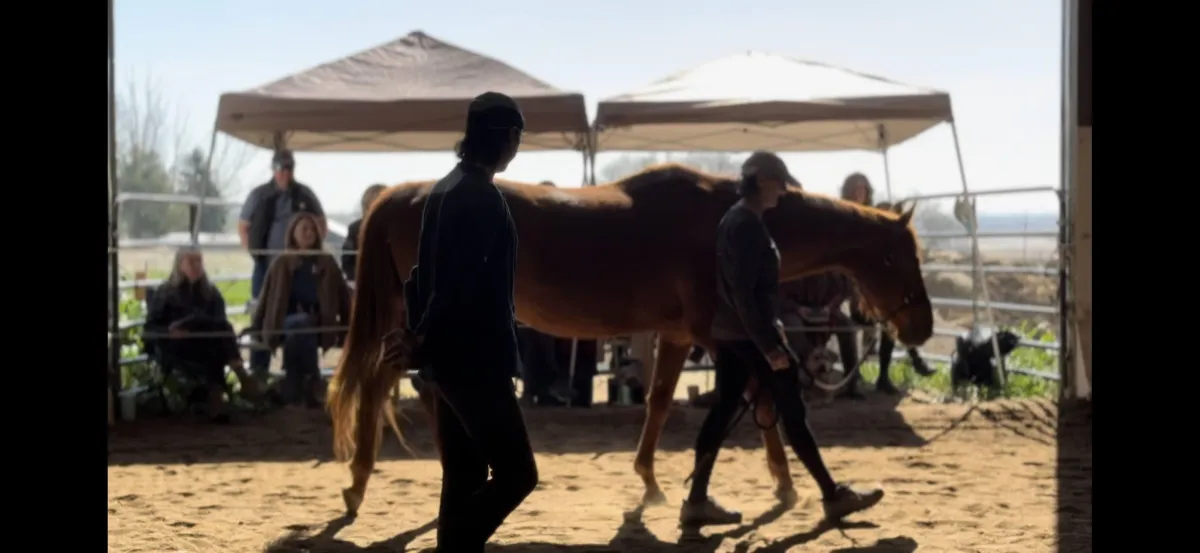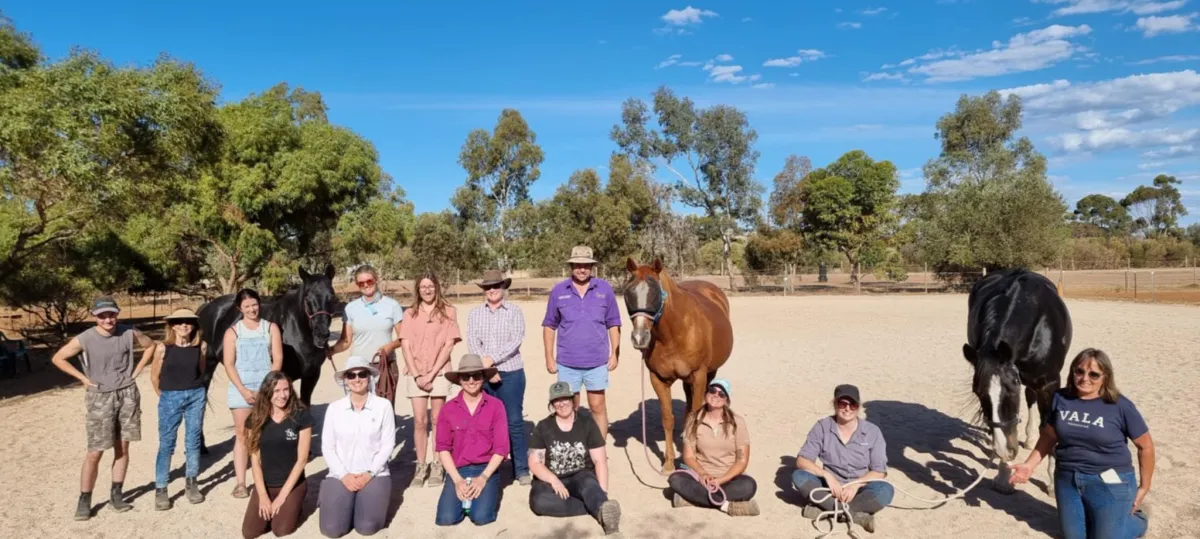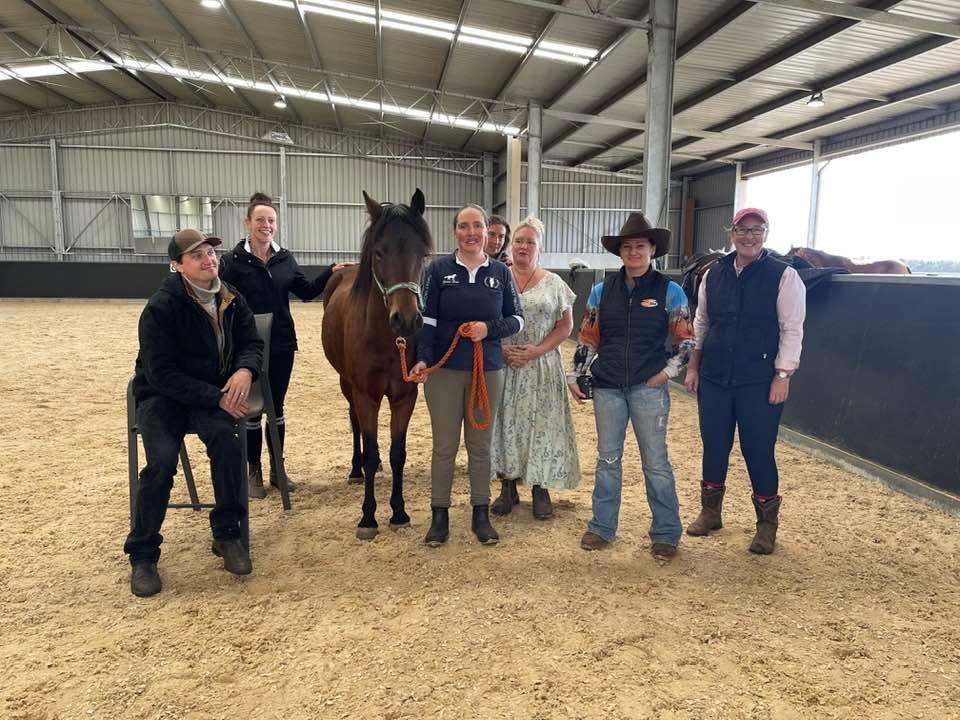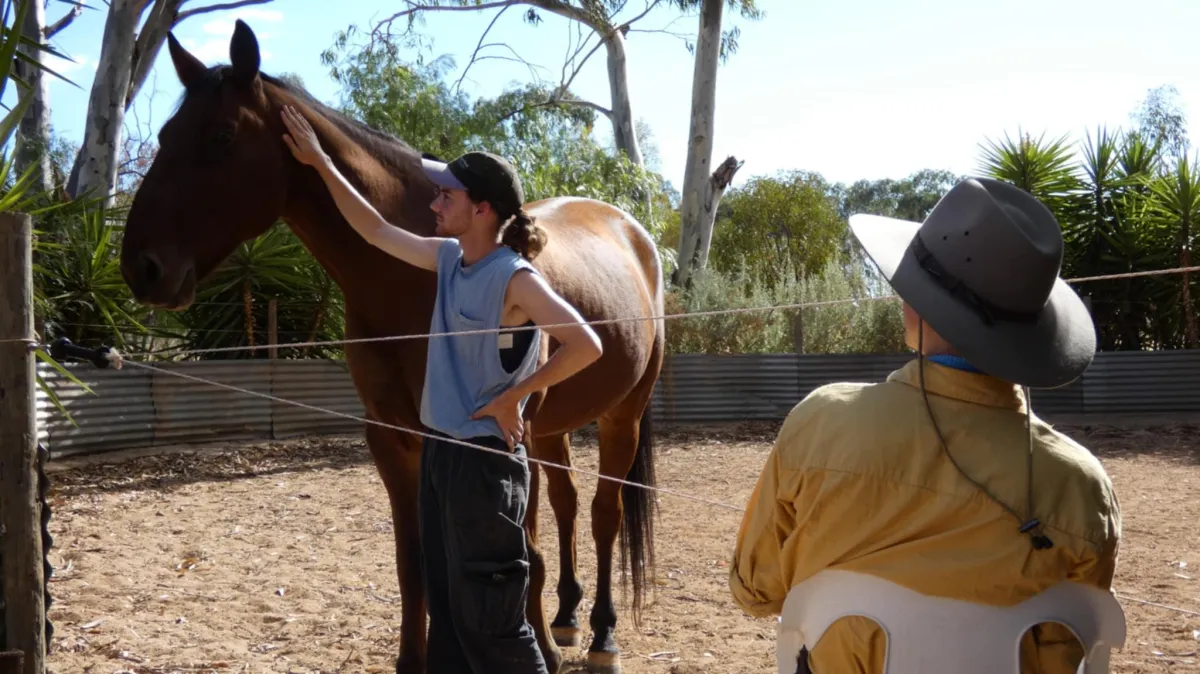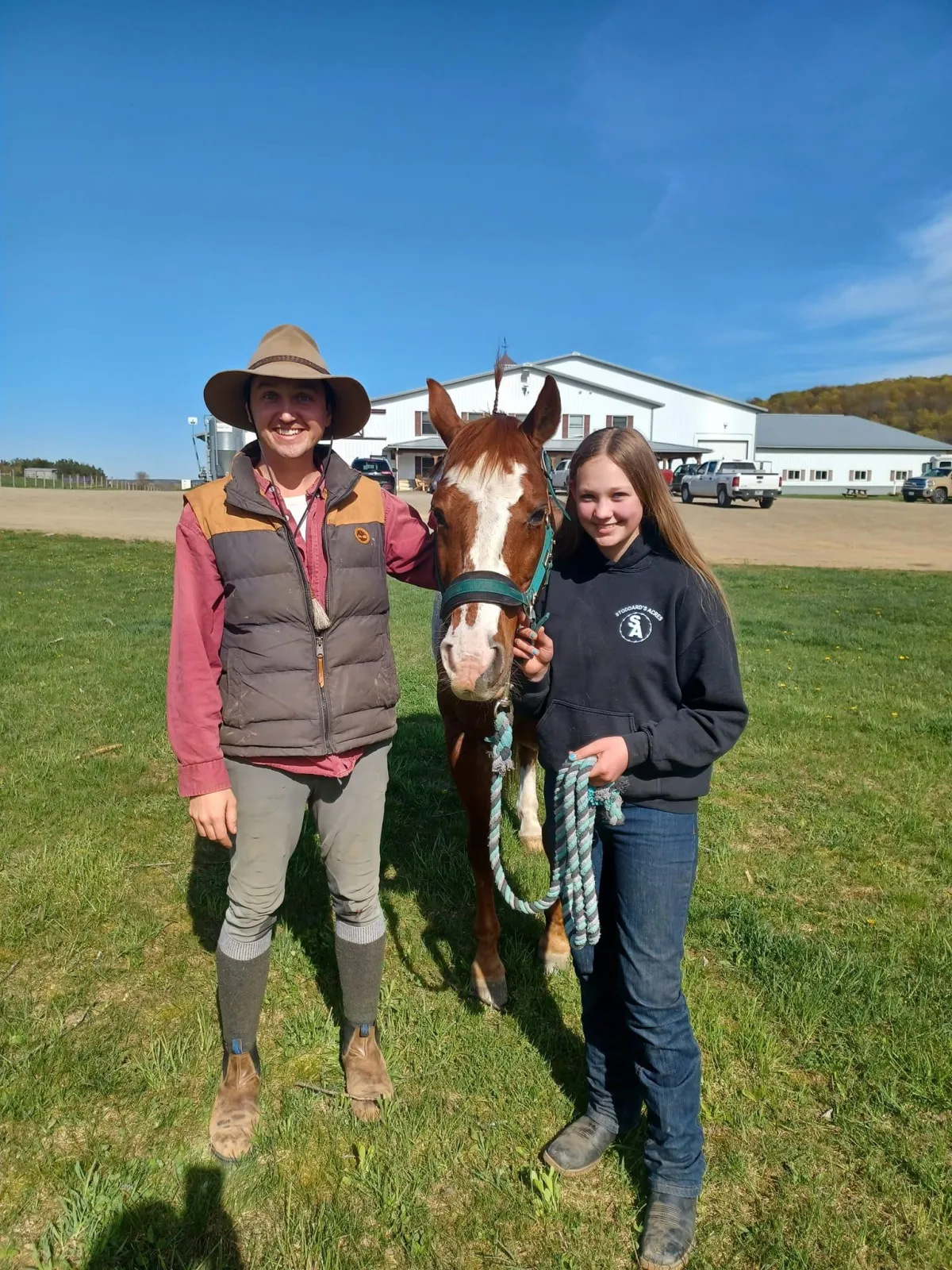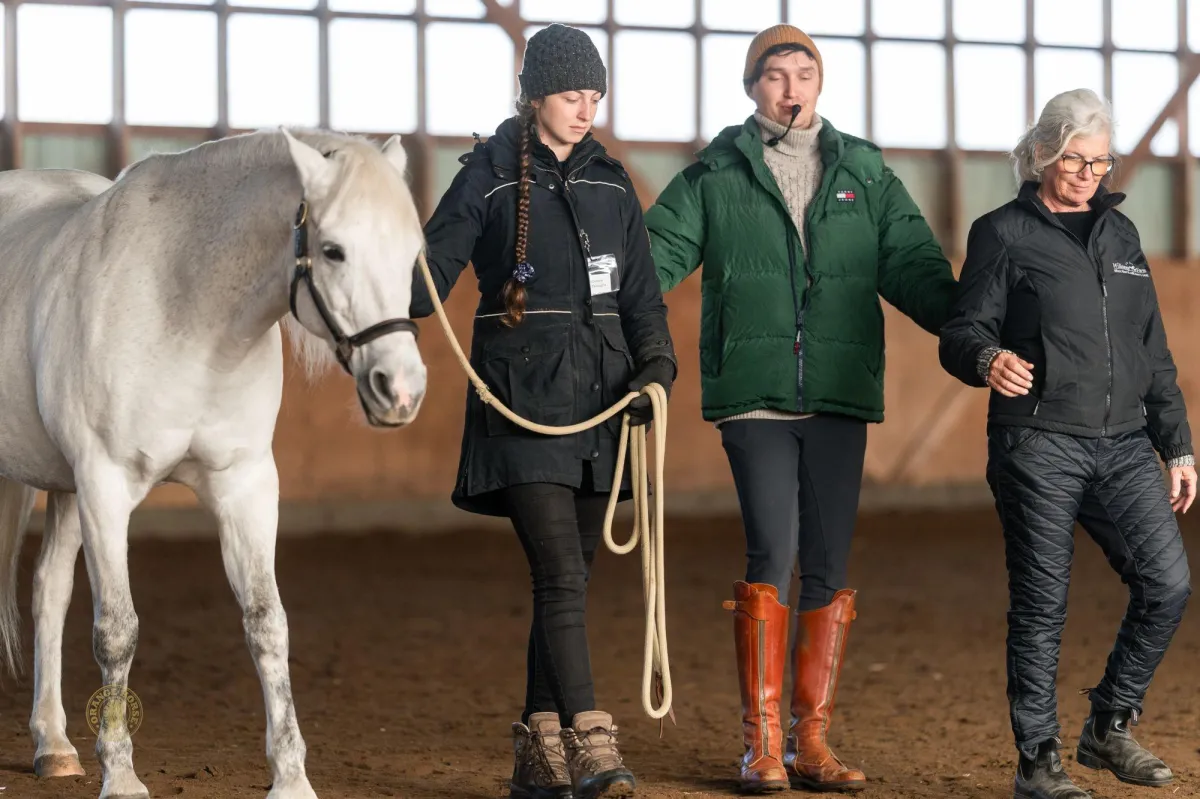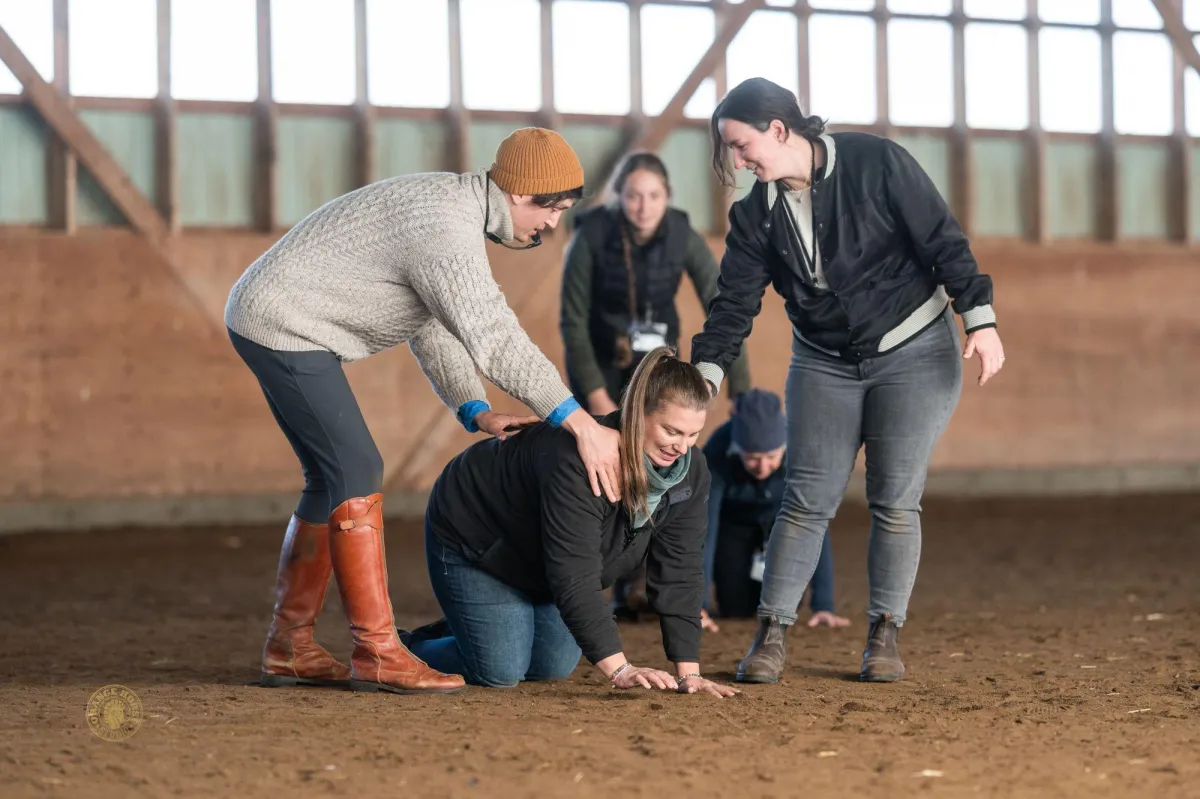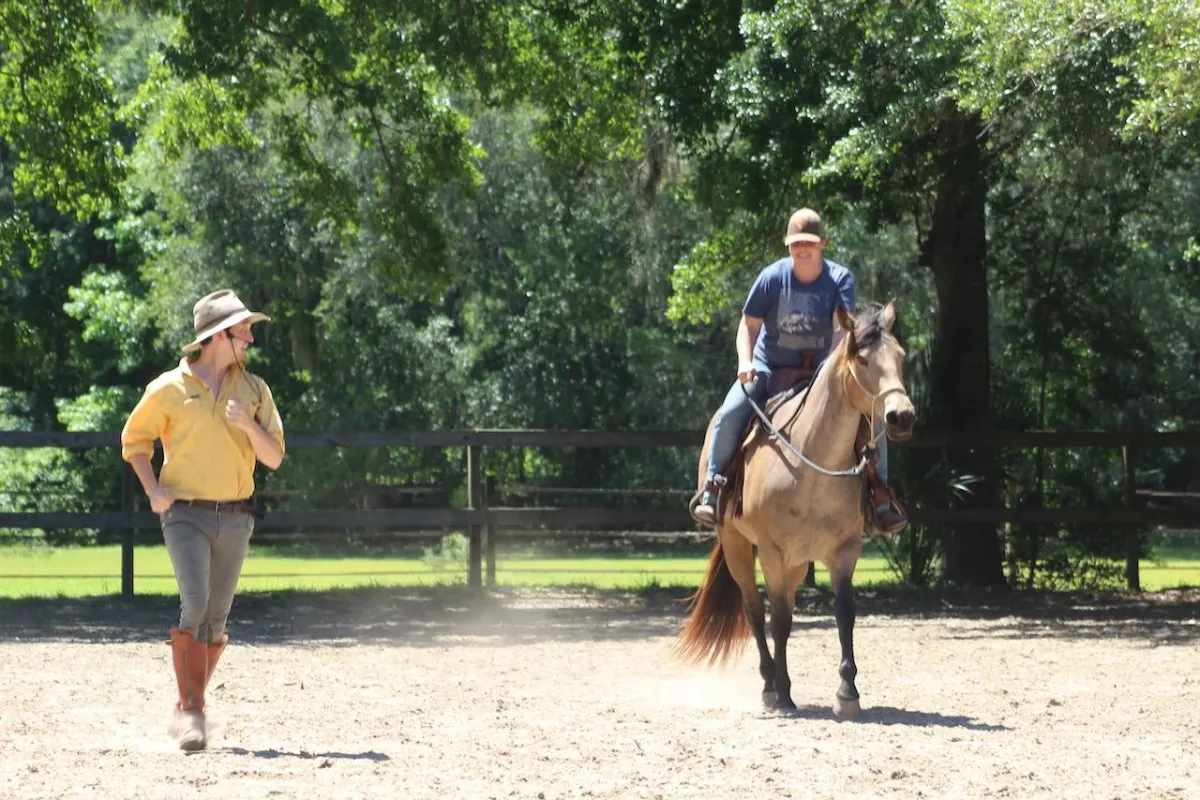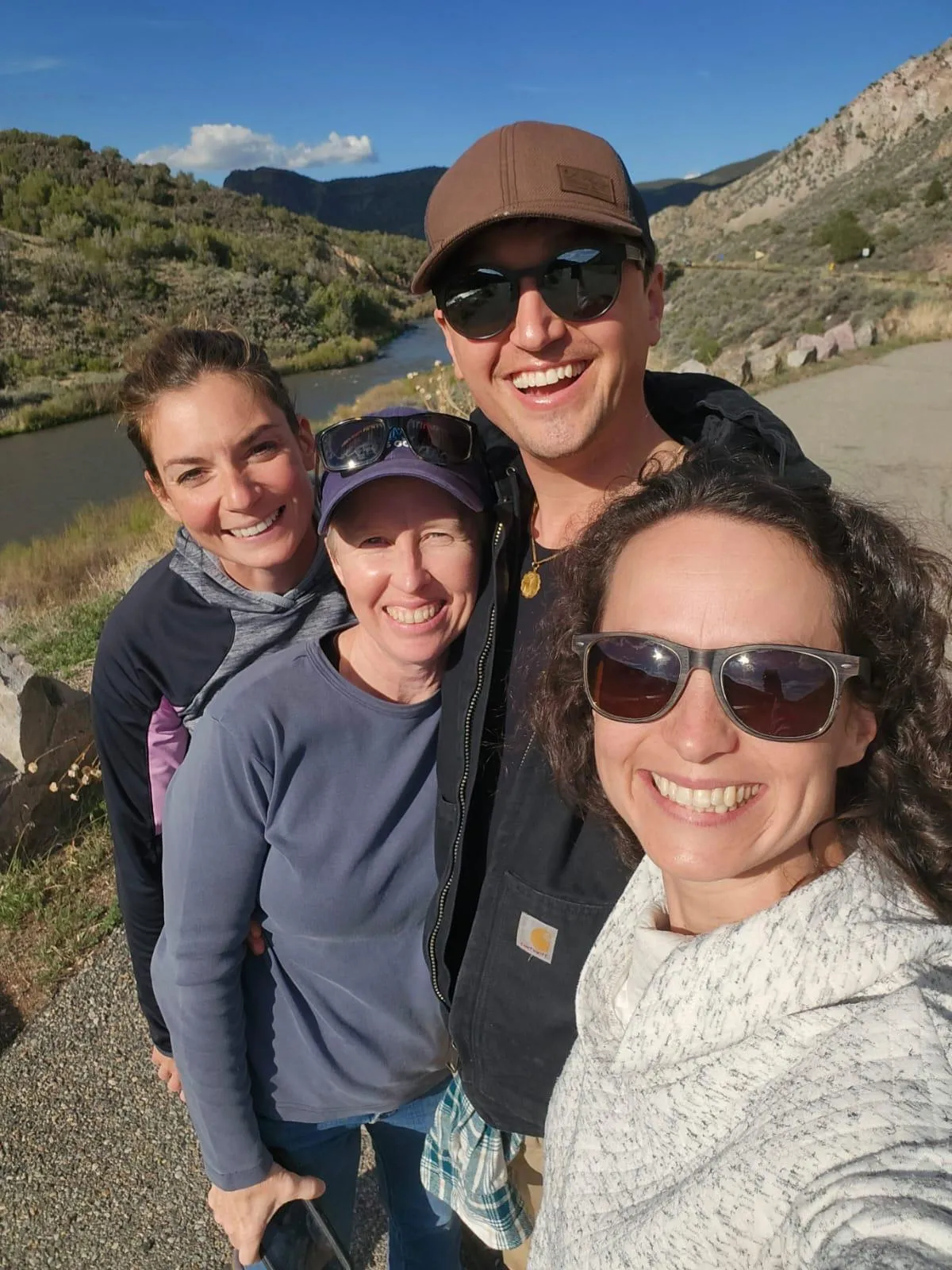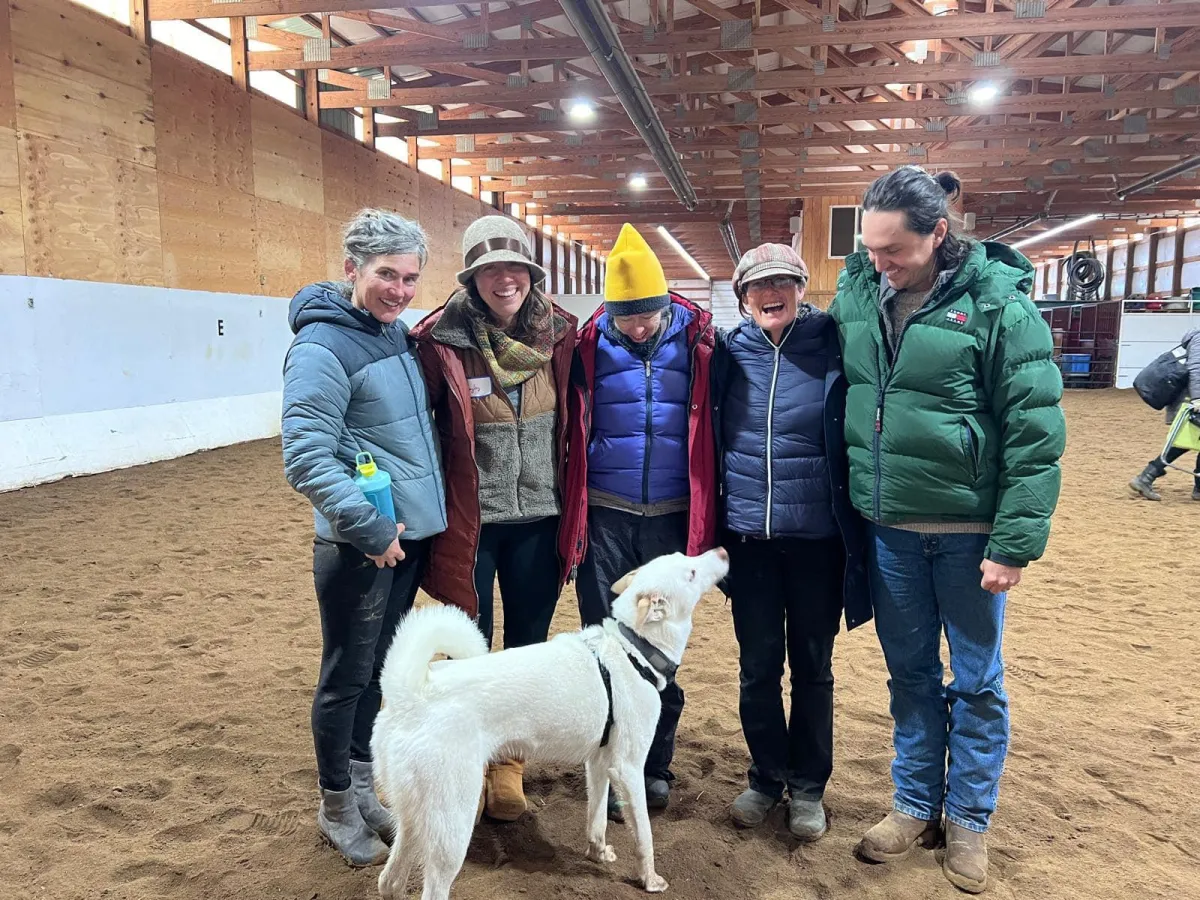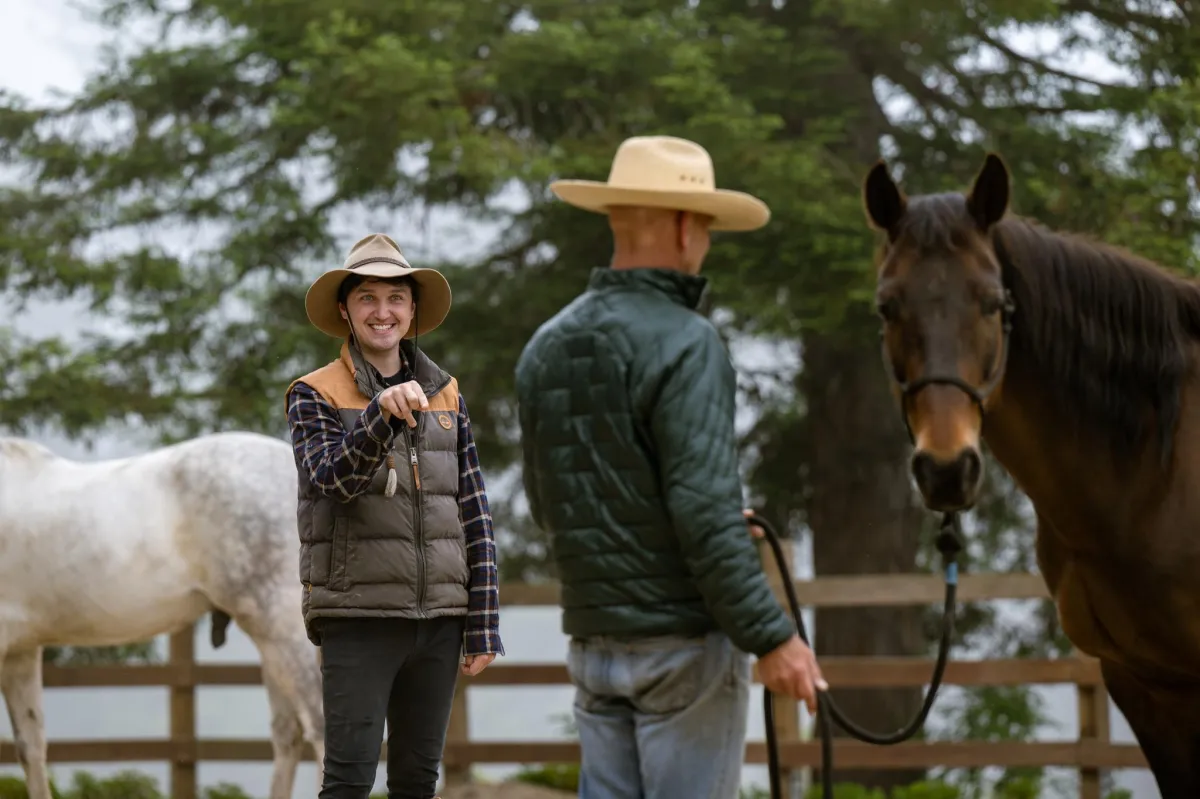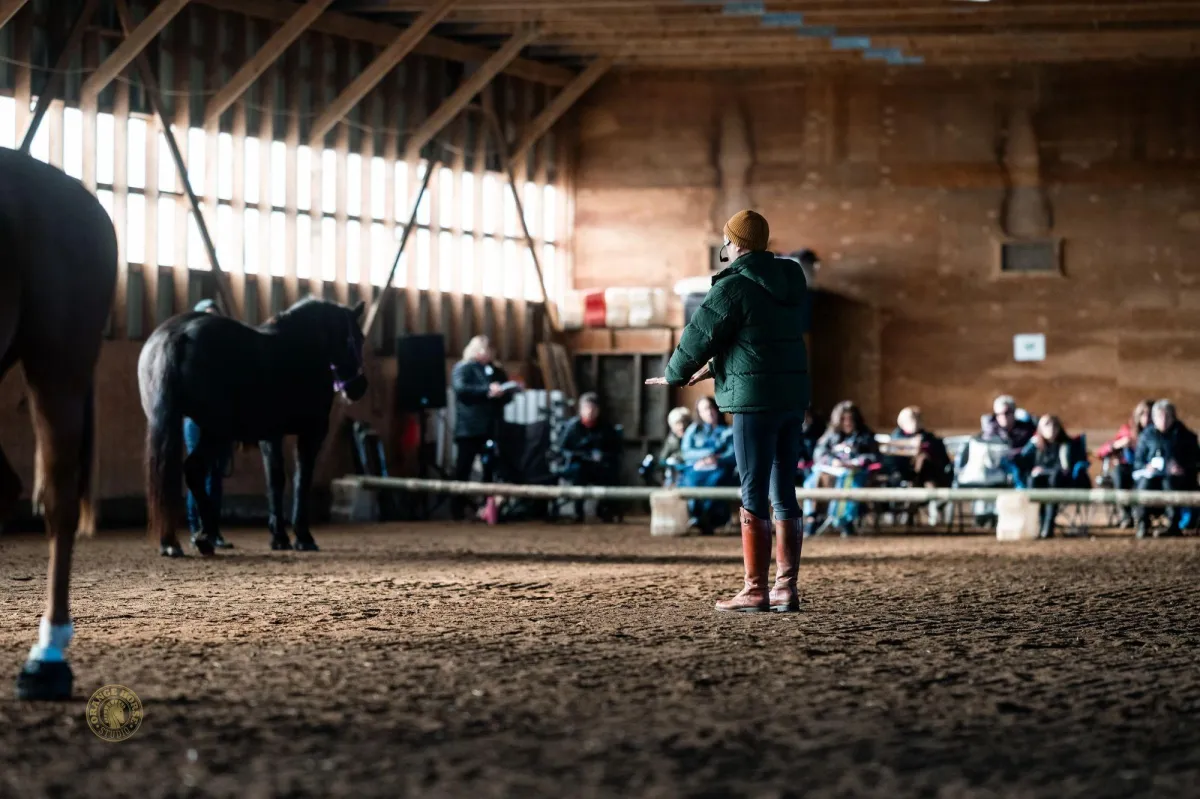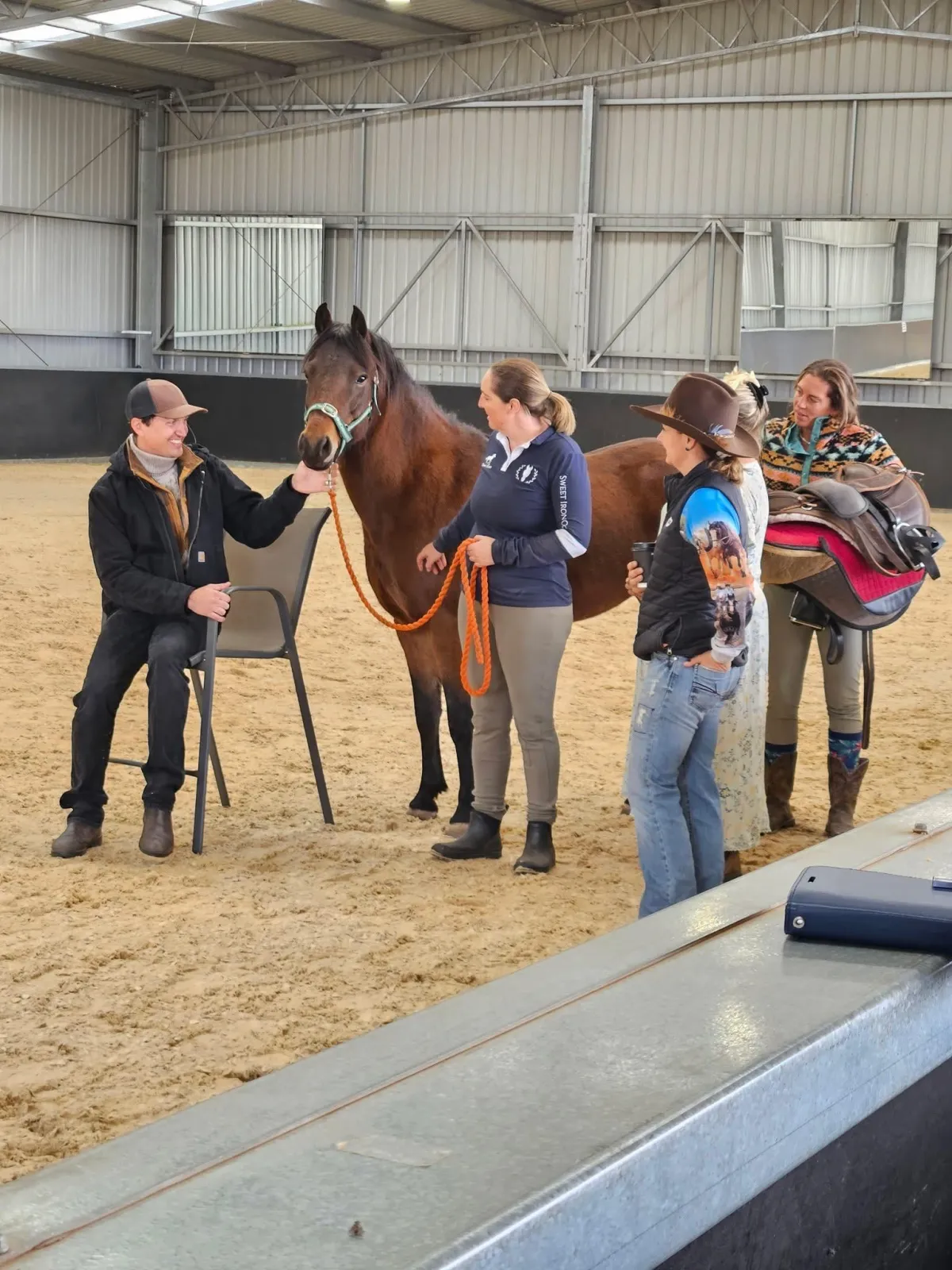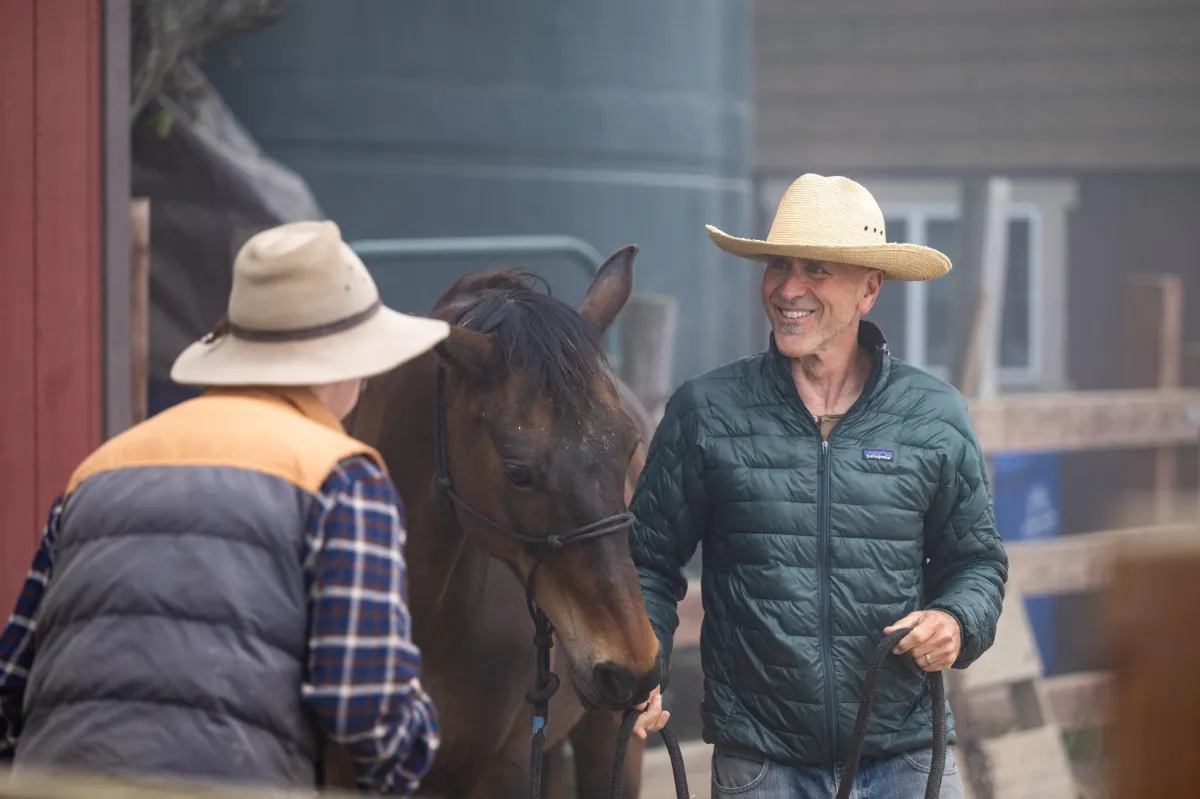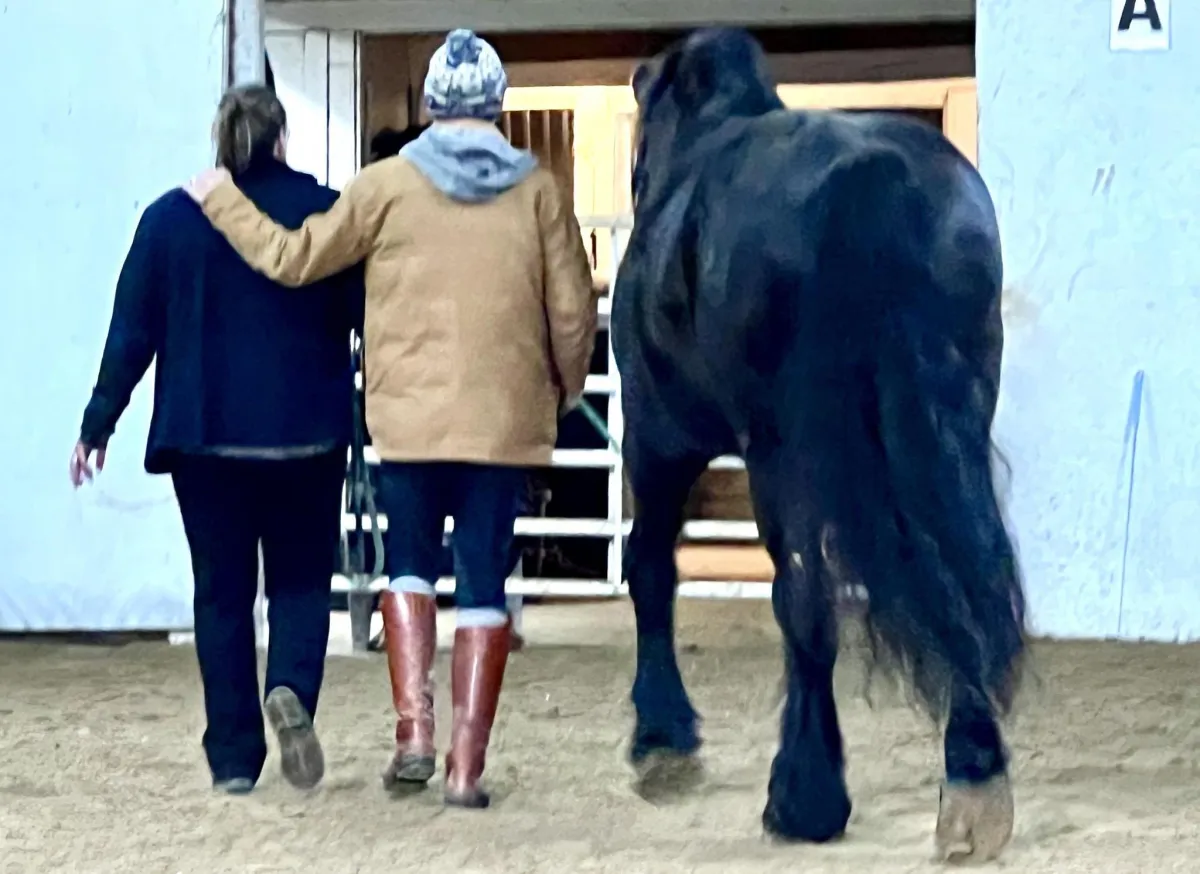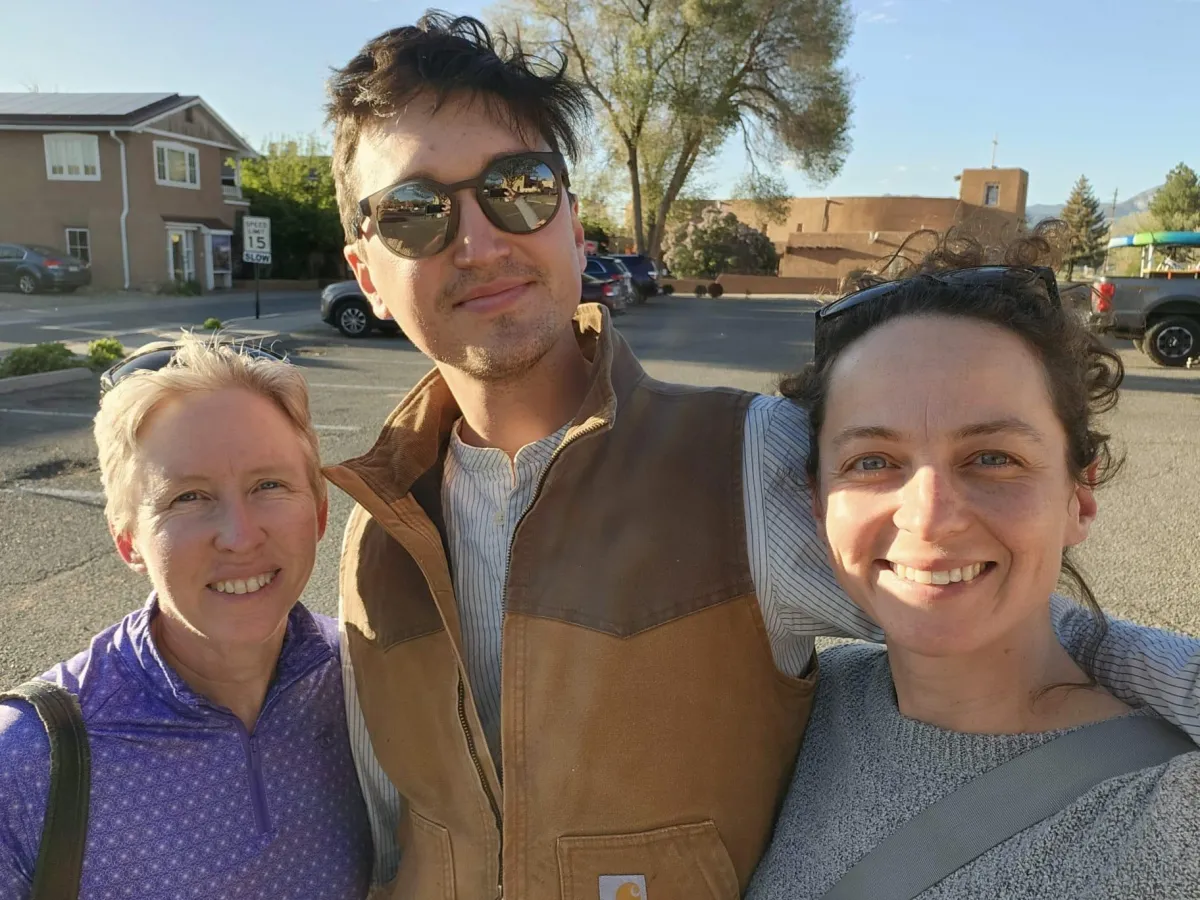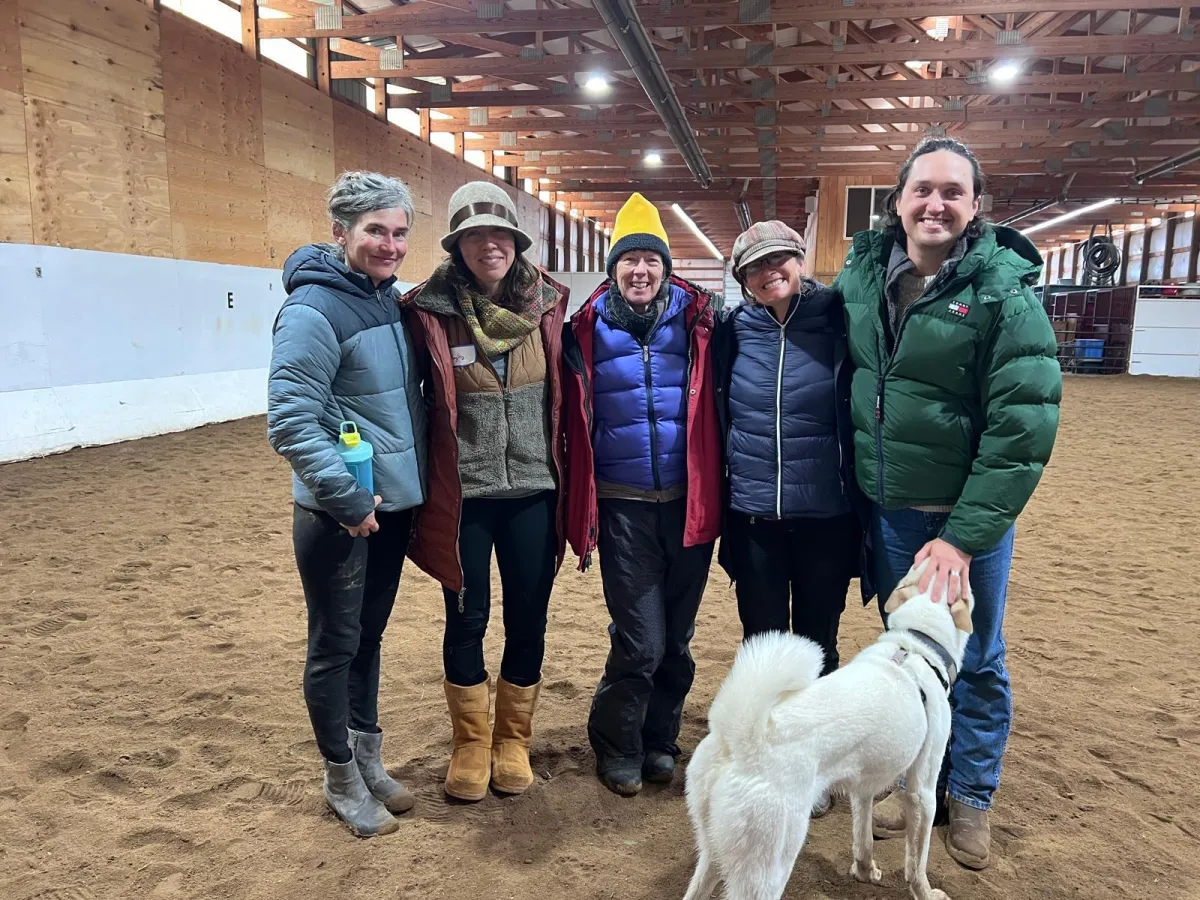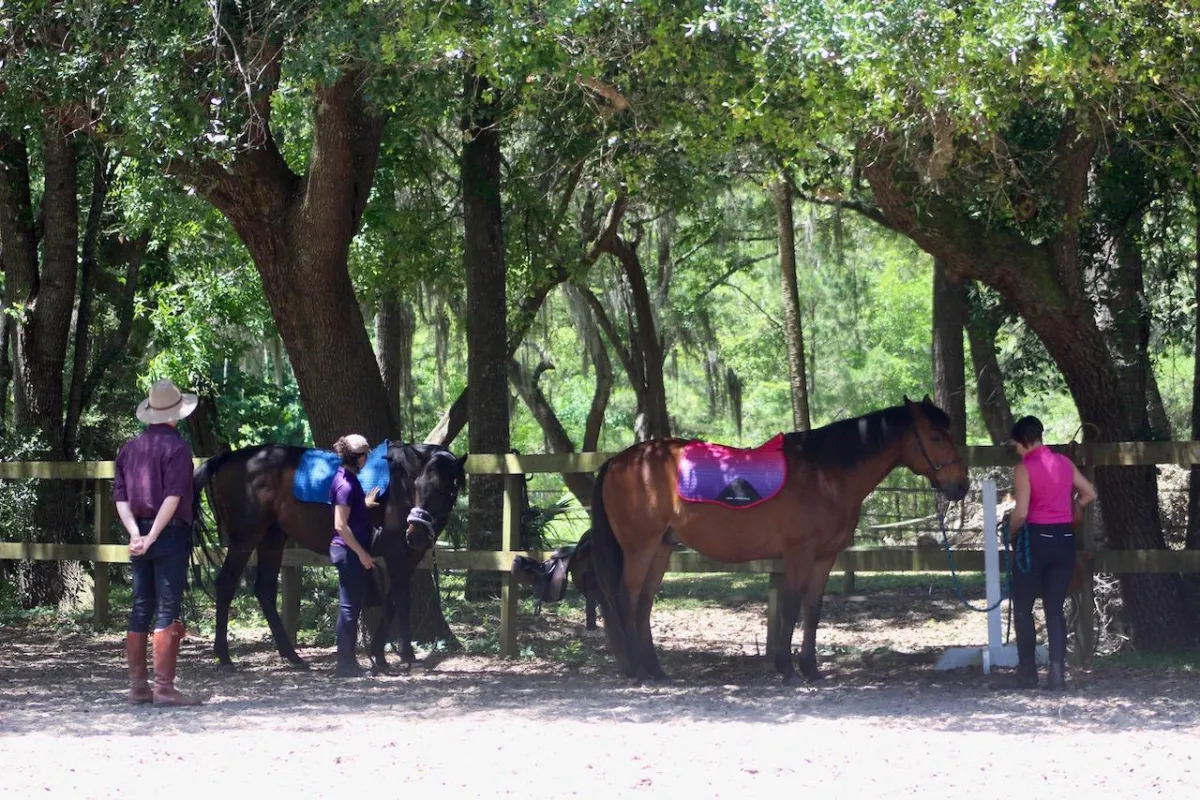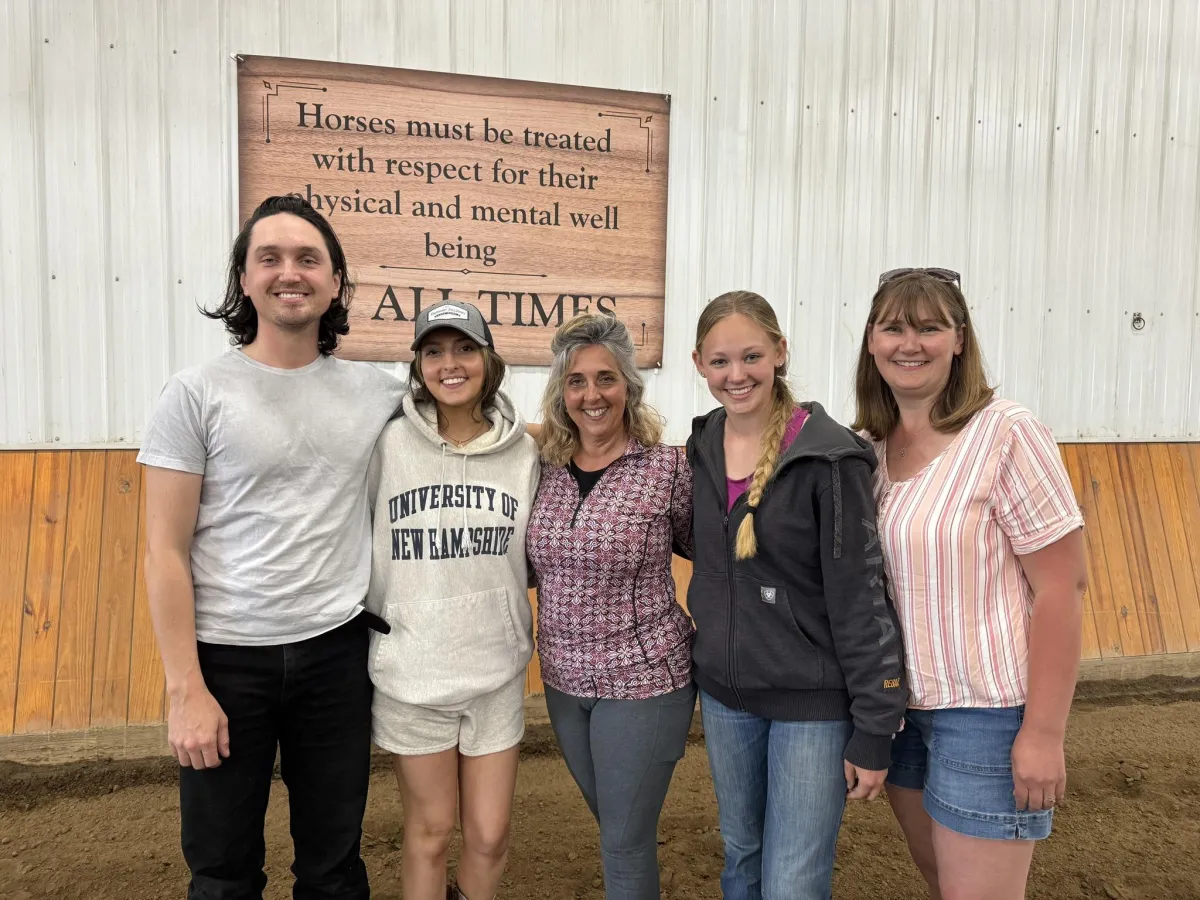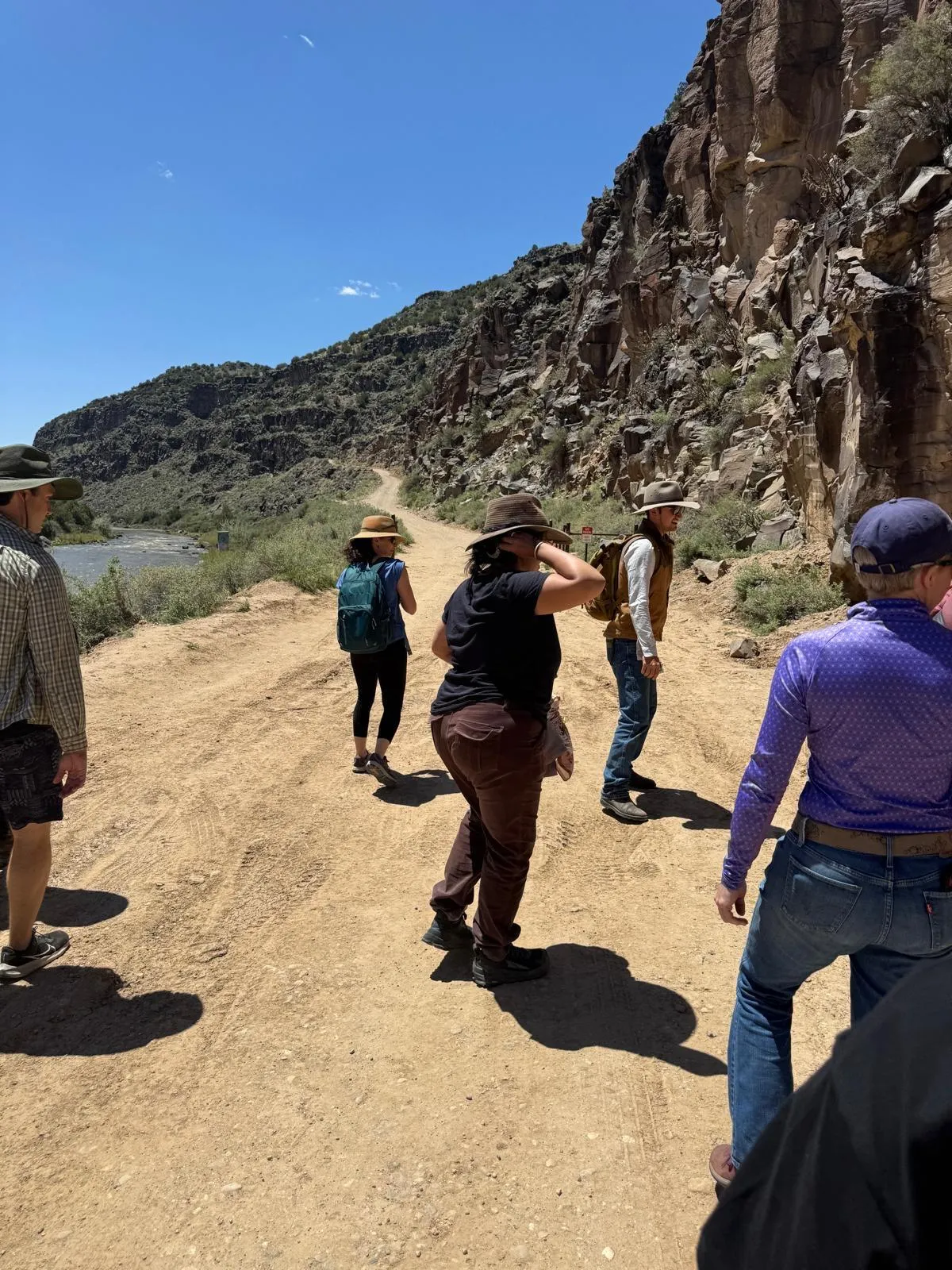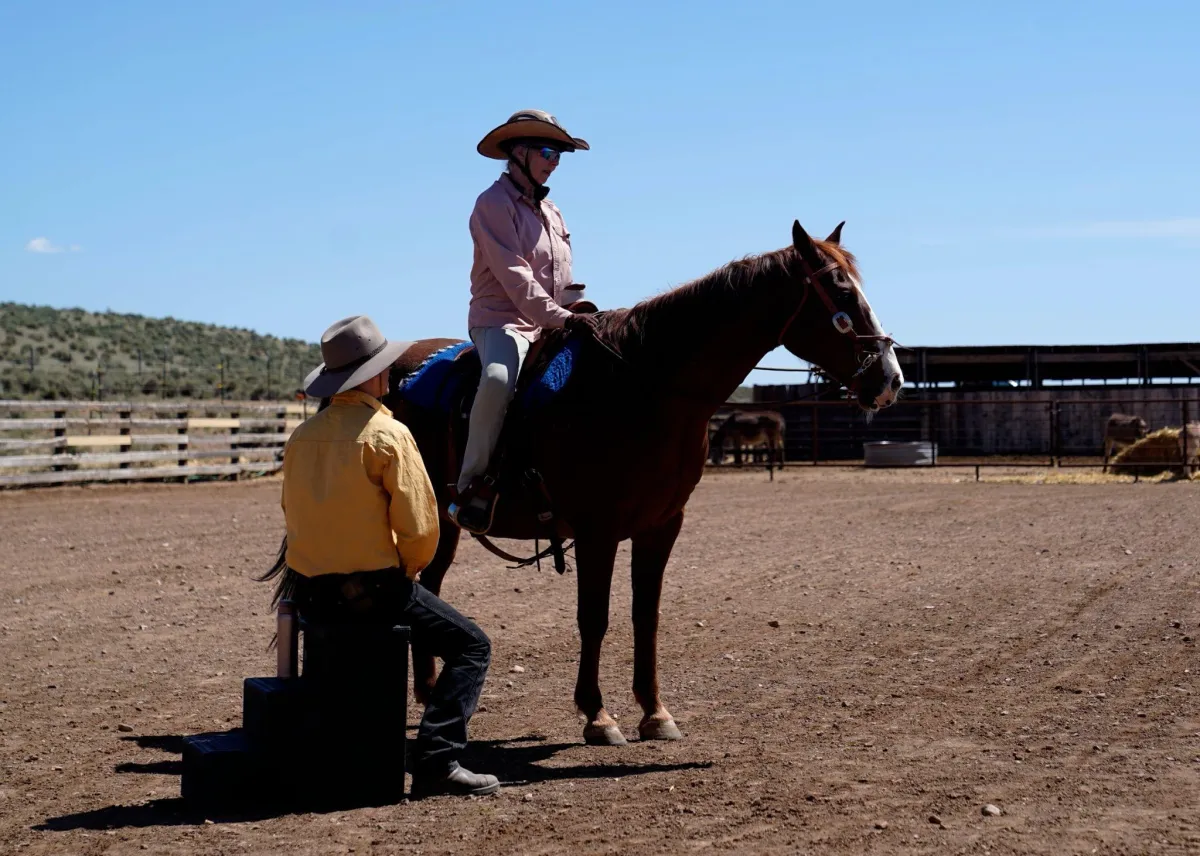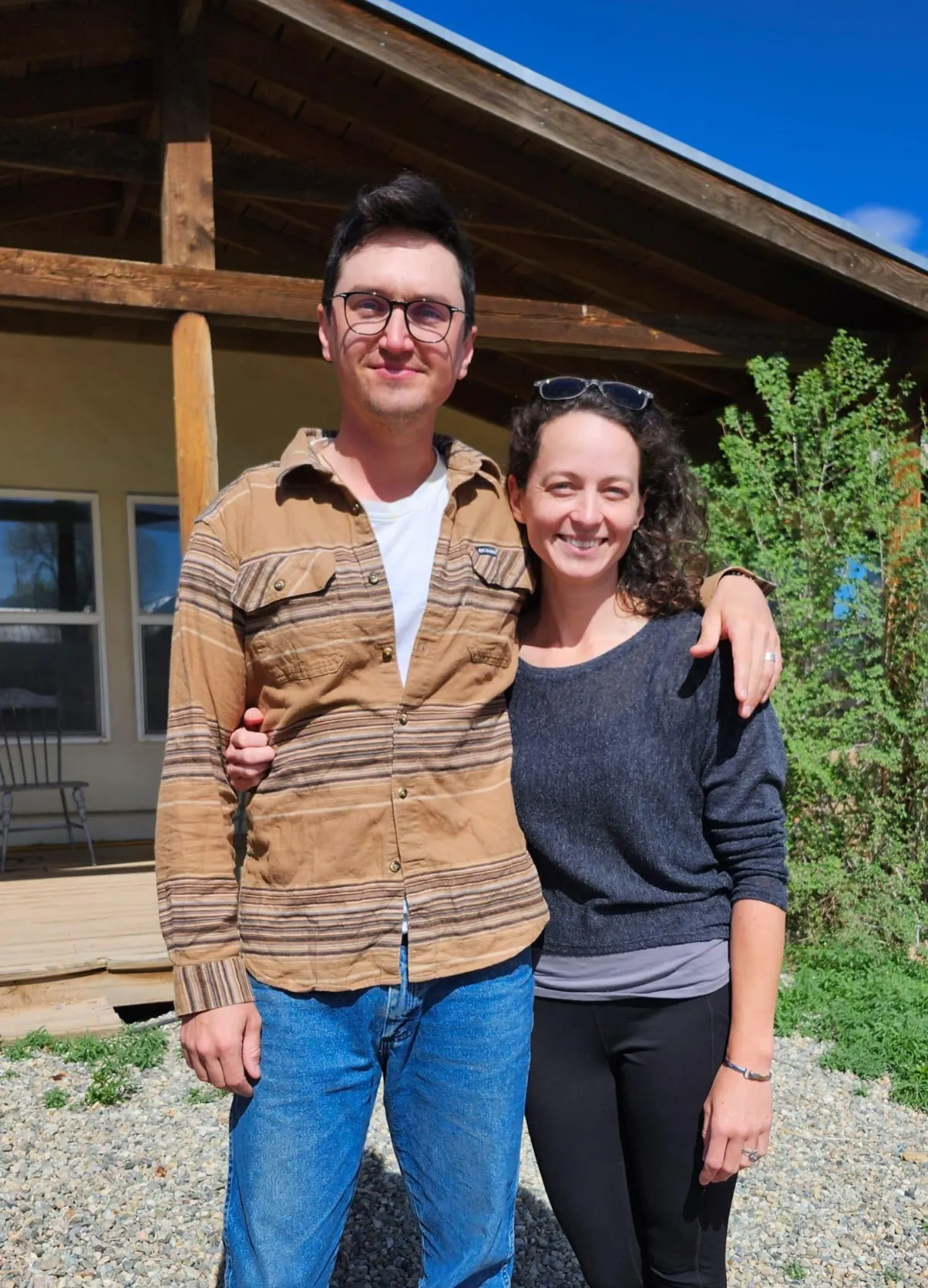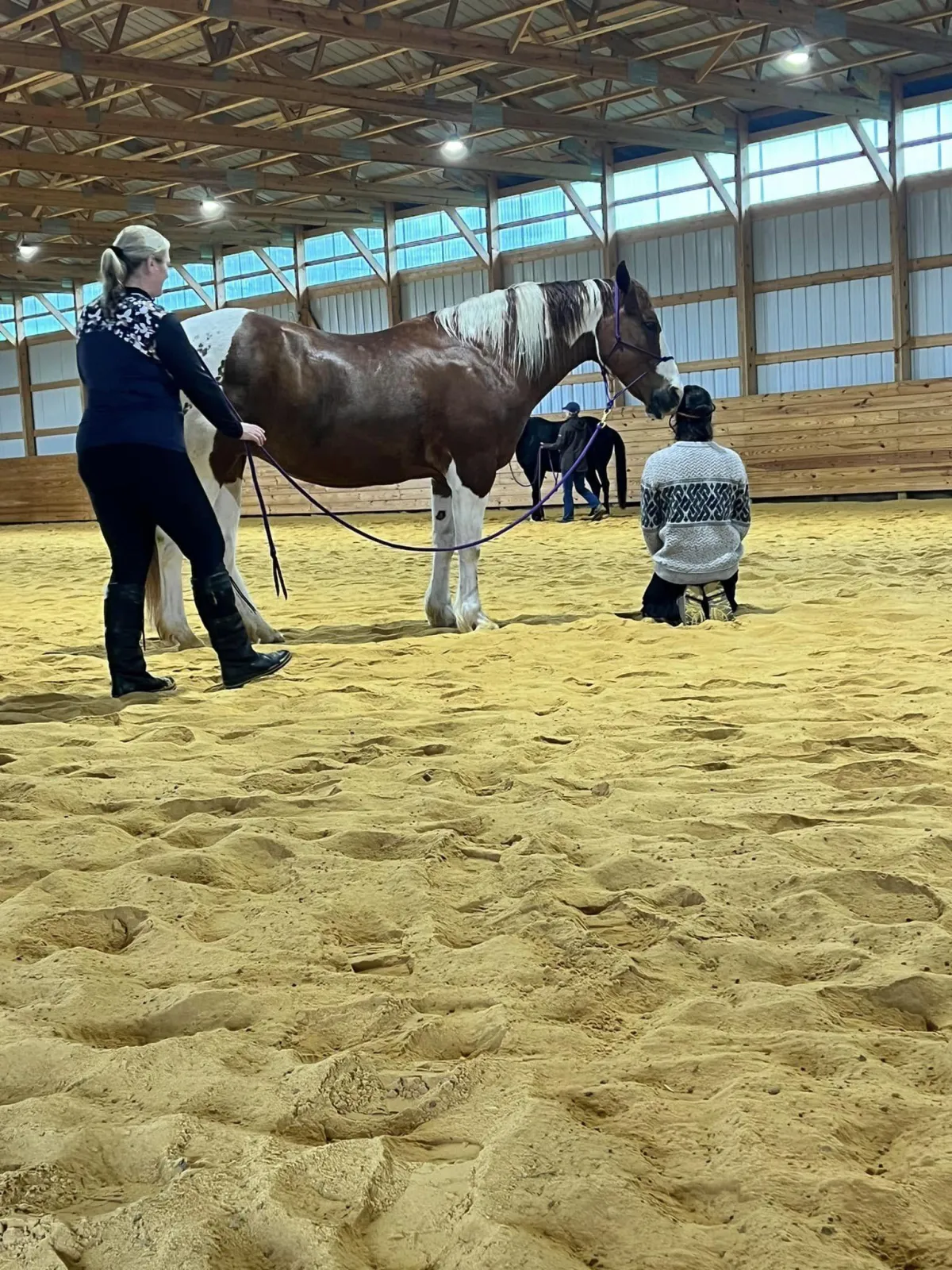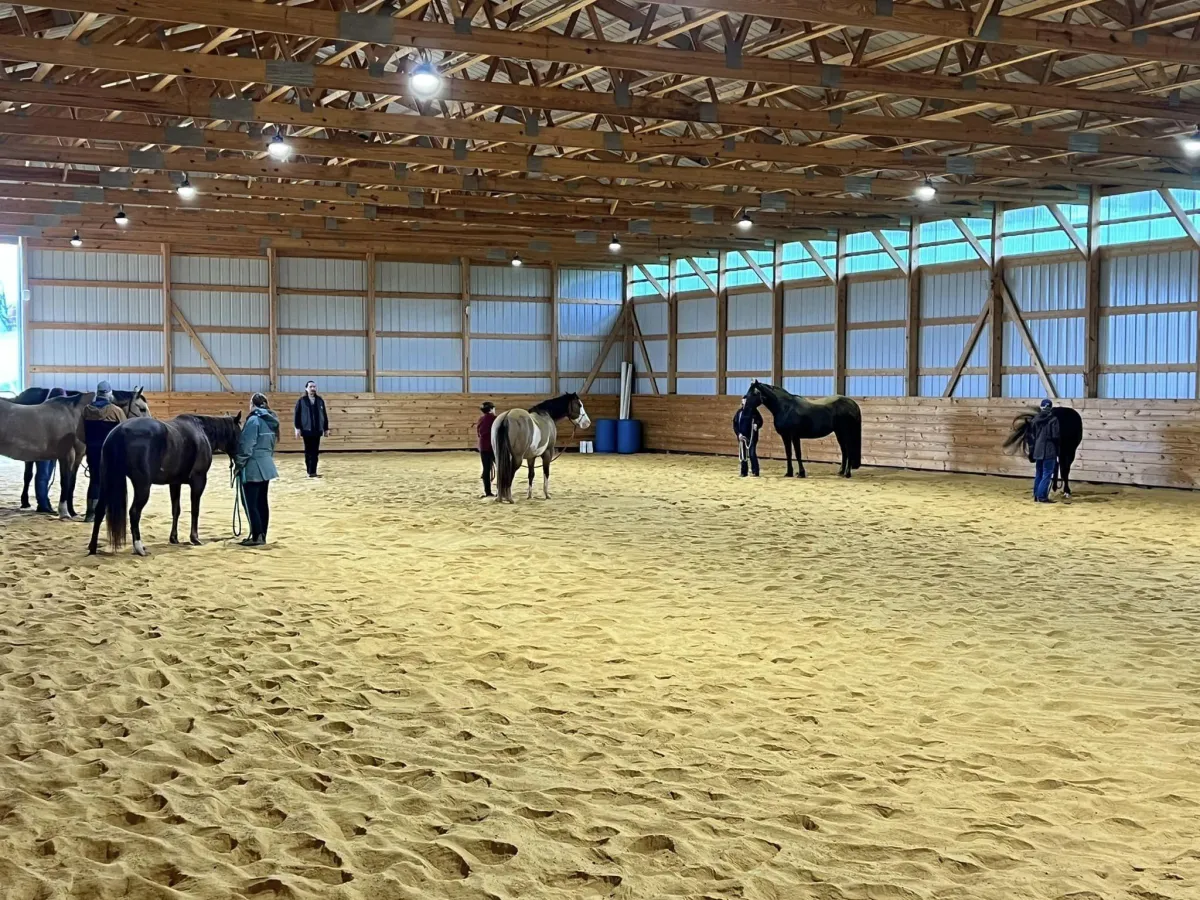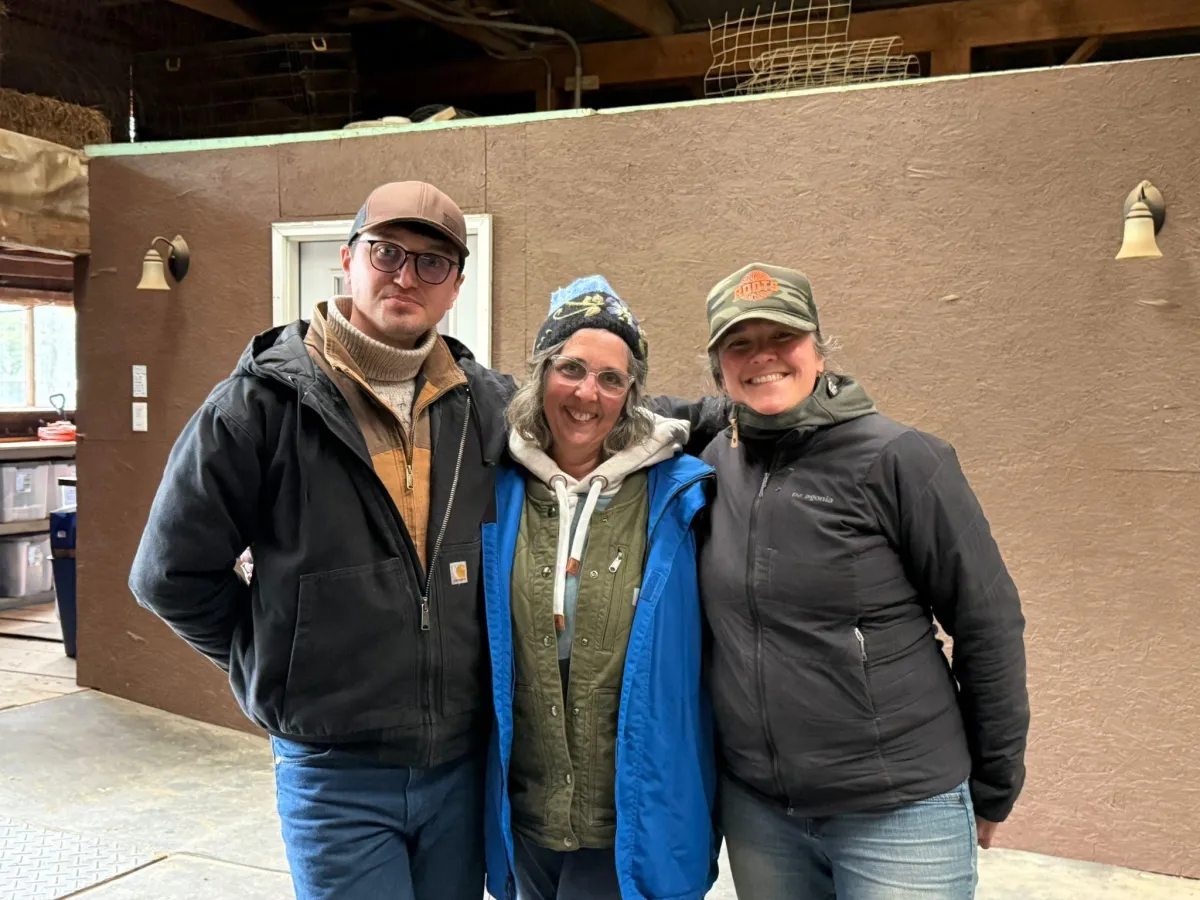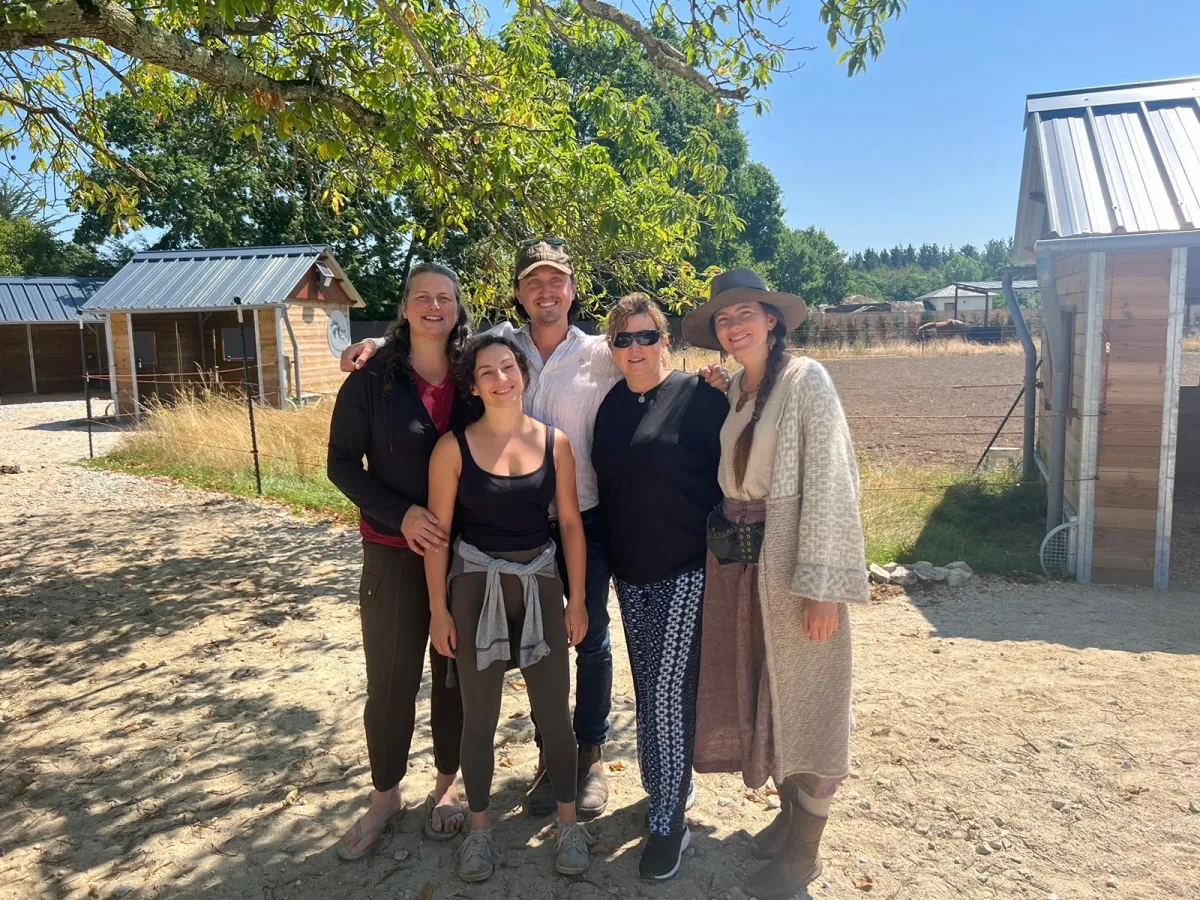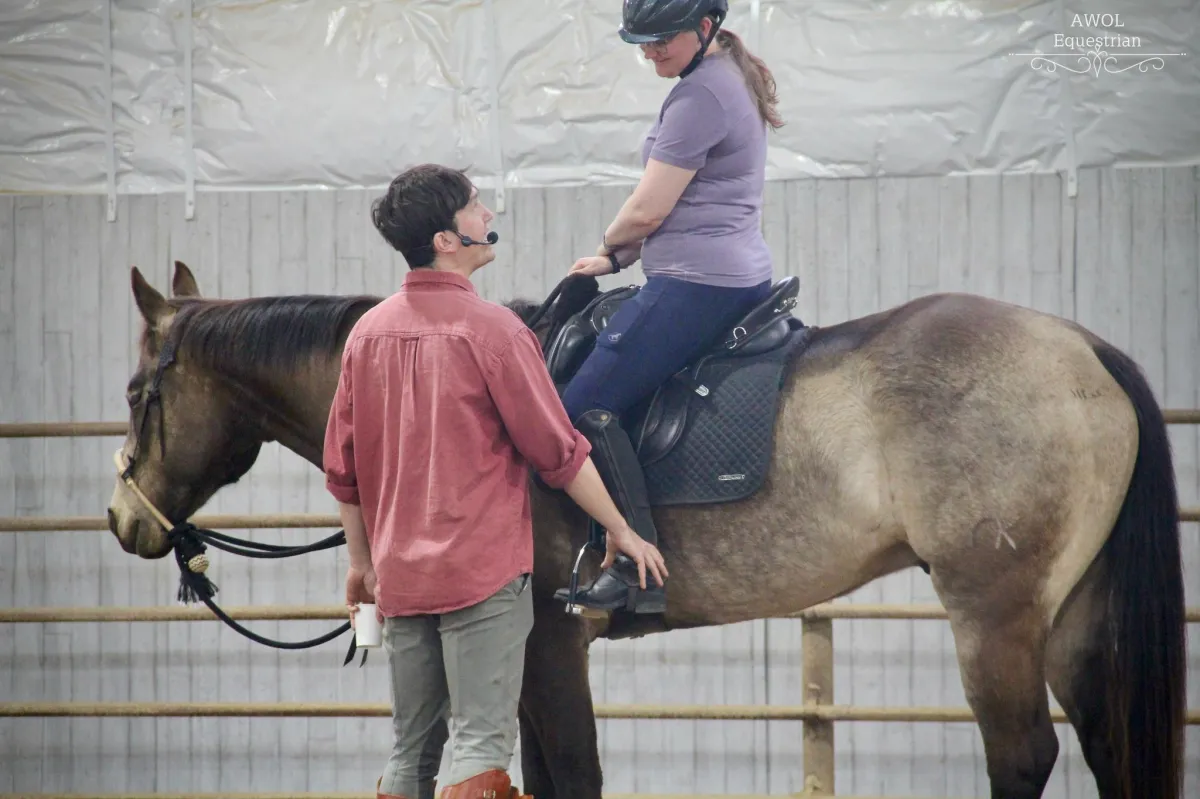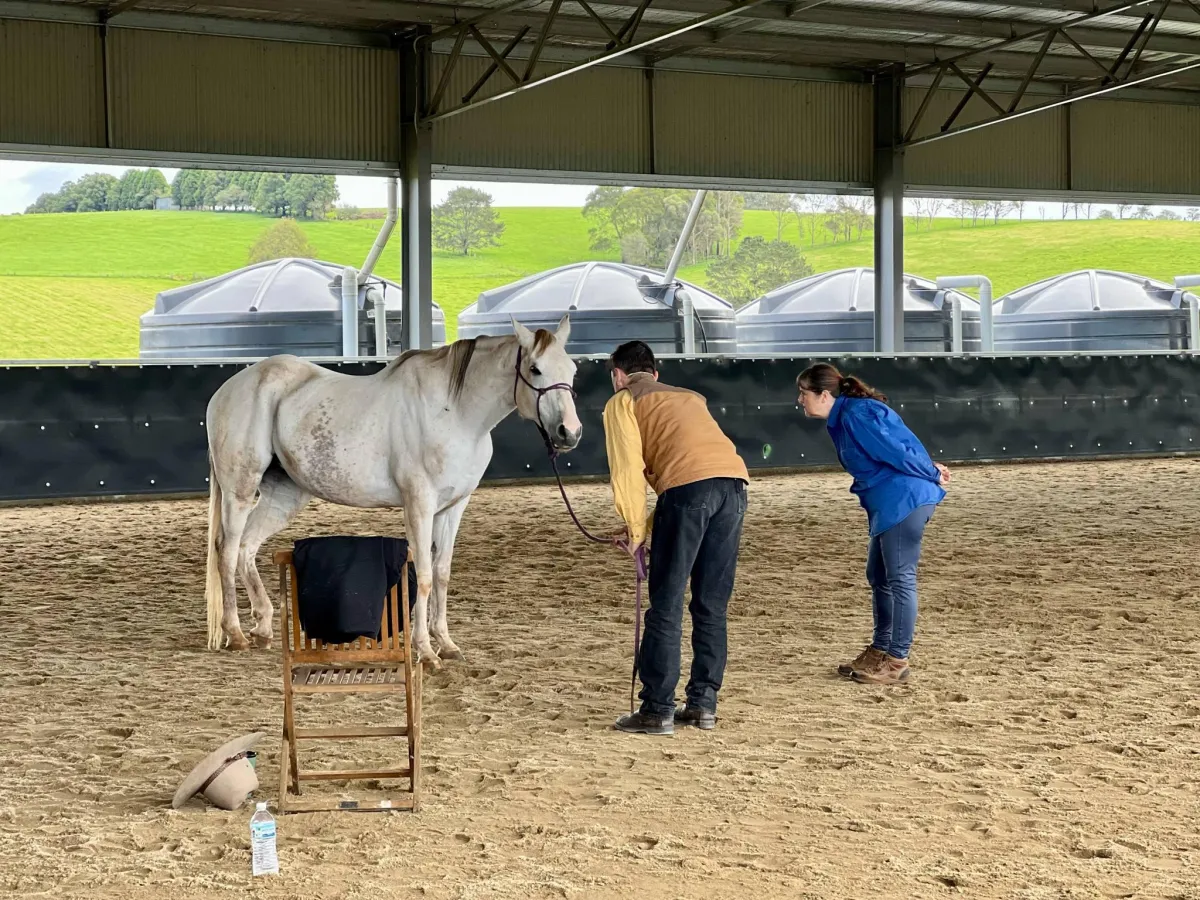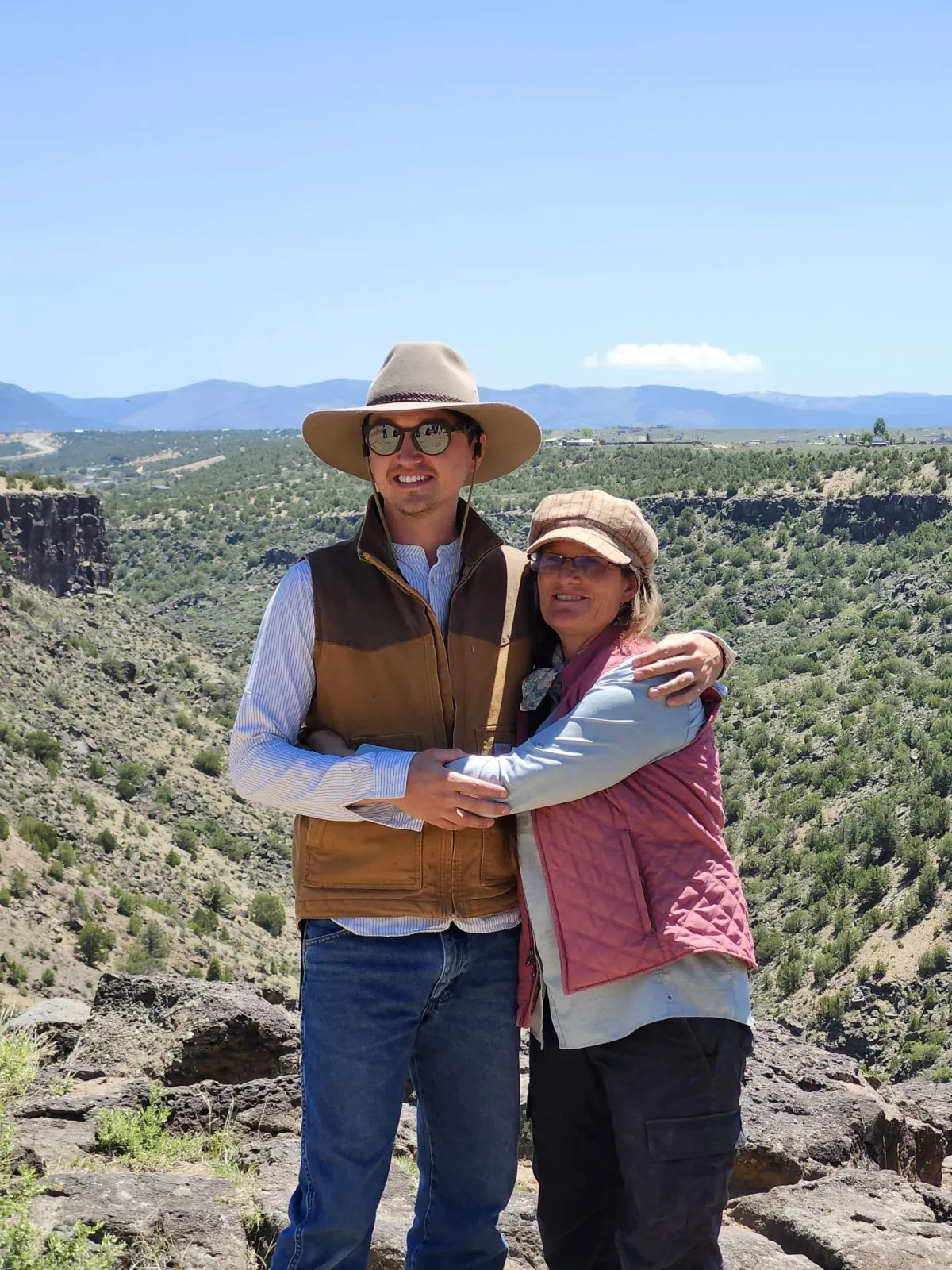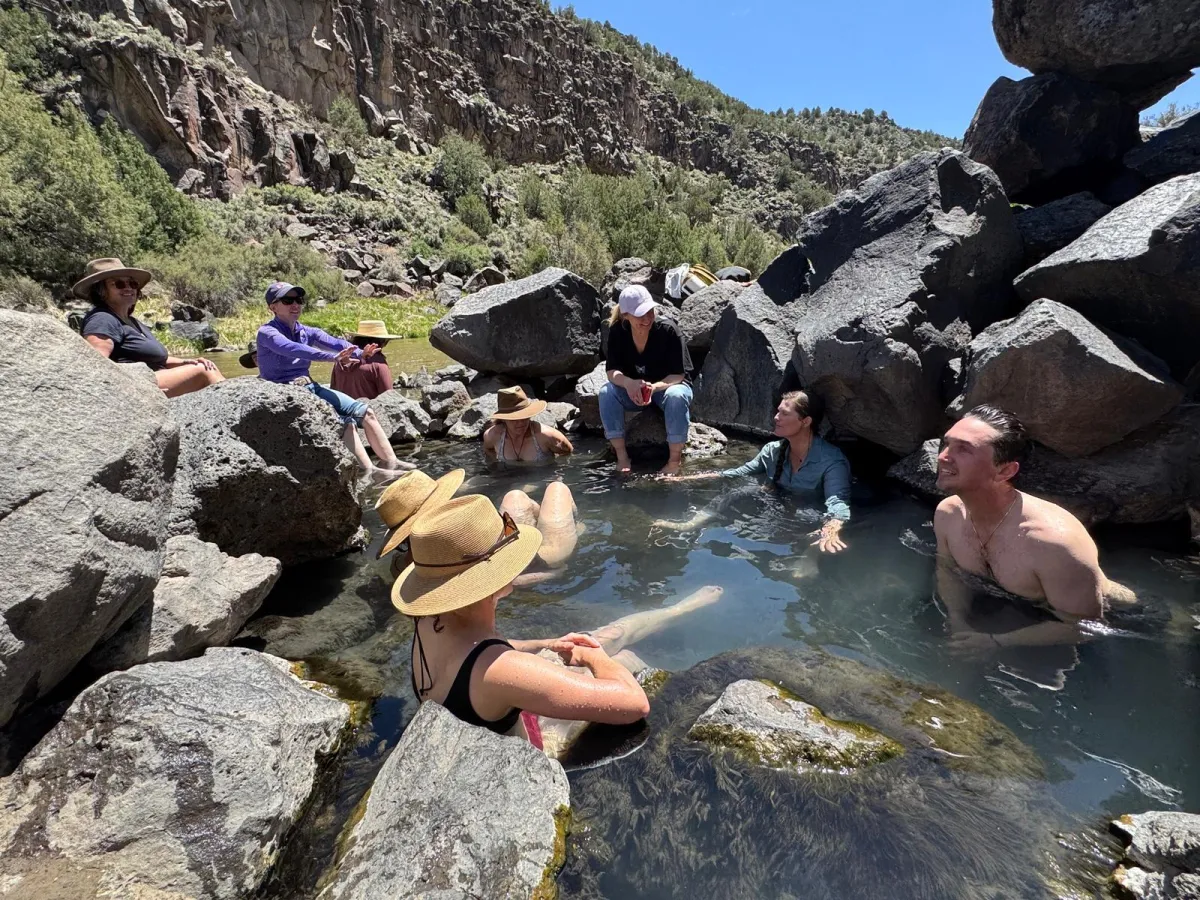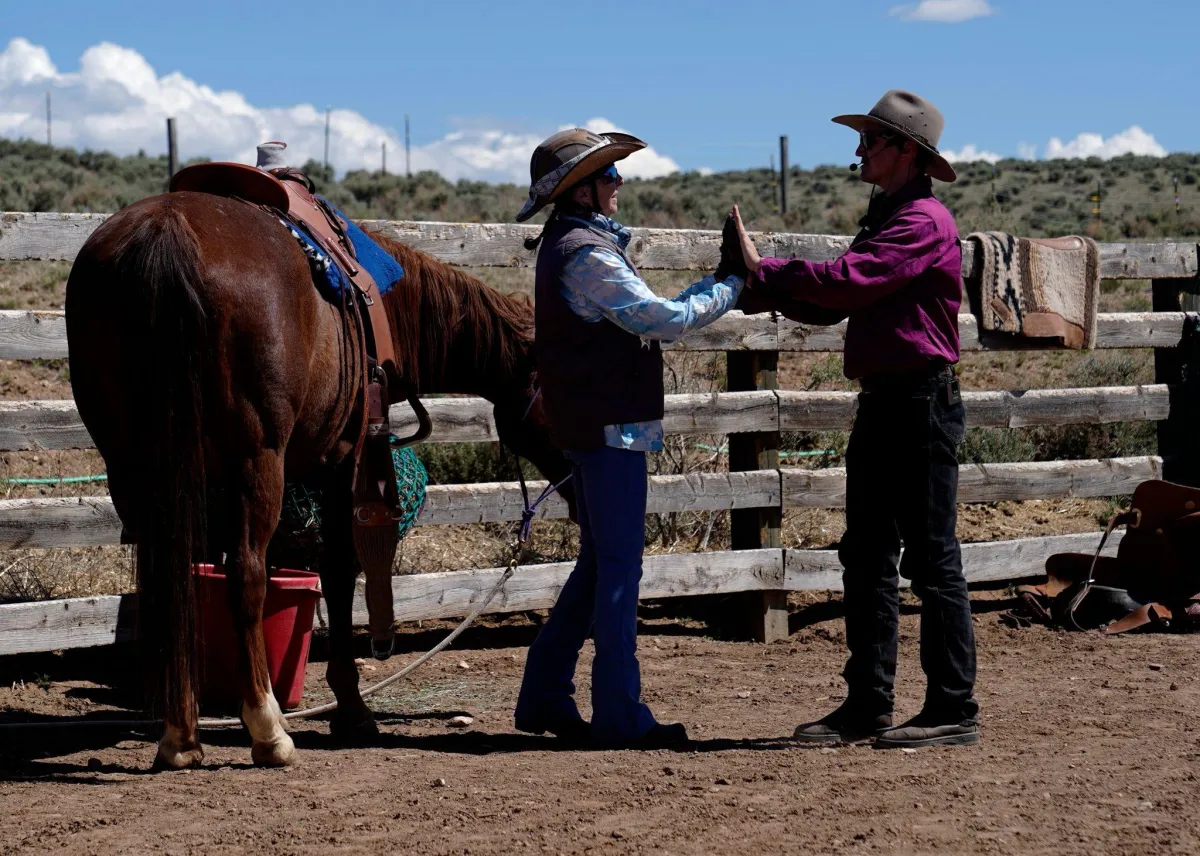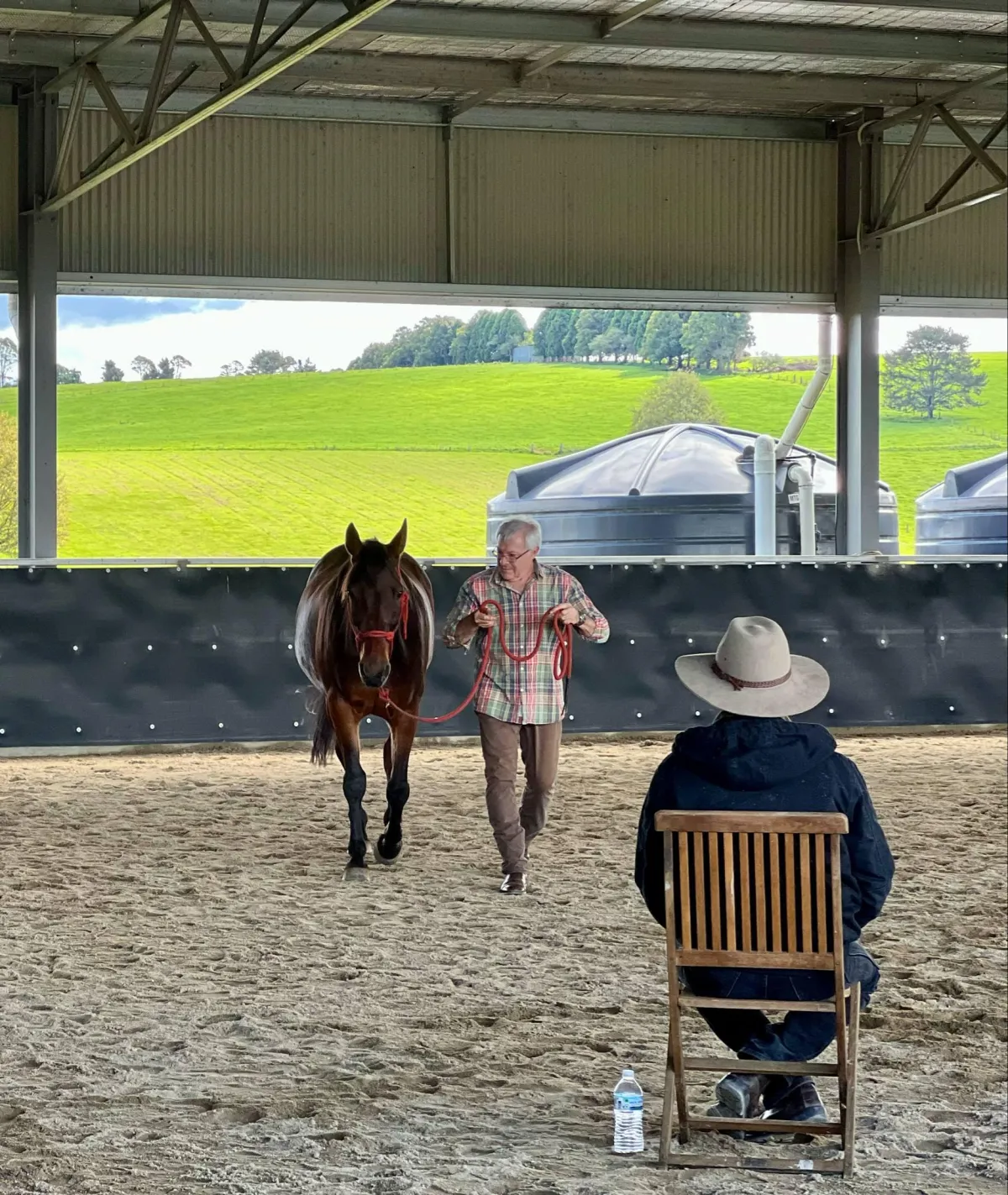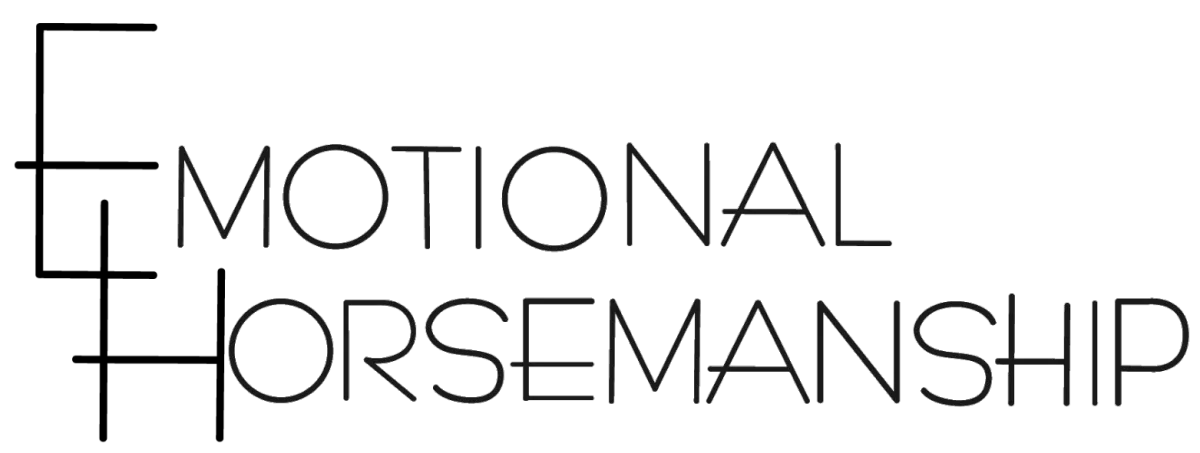
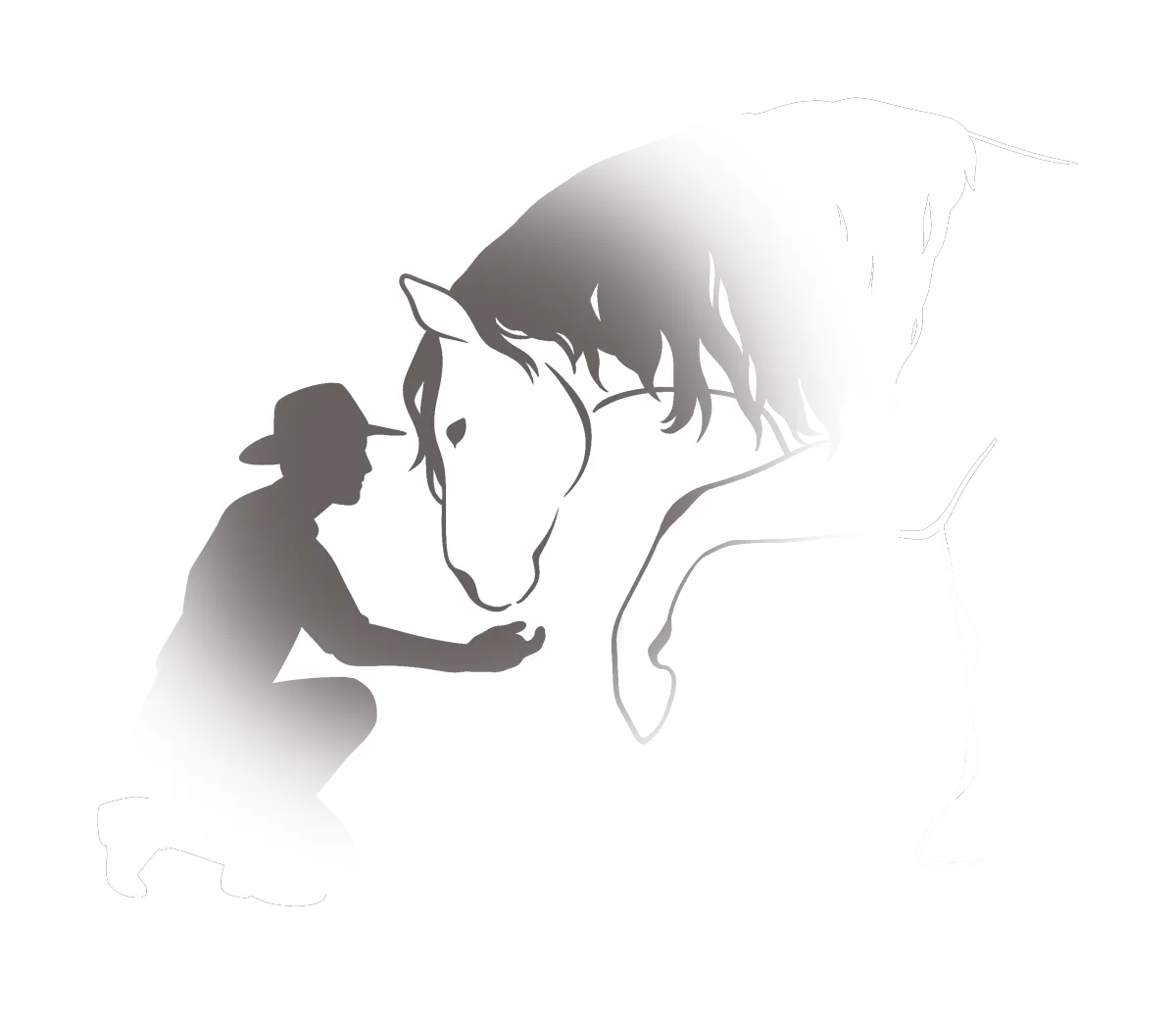
Coaching Deeply Caring Equestrians
to Train Emotionally Balanced Horses
with Science, Empathy and Feel.
Your Sustainable Lifelong Joy with Horses is our First Priority
Download Our Free Introductory Booklet
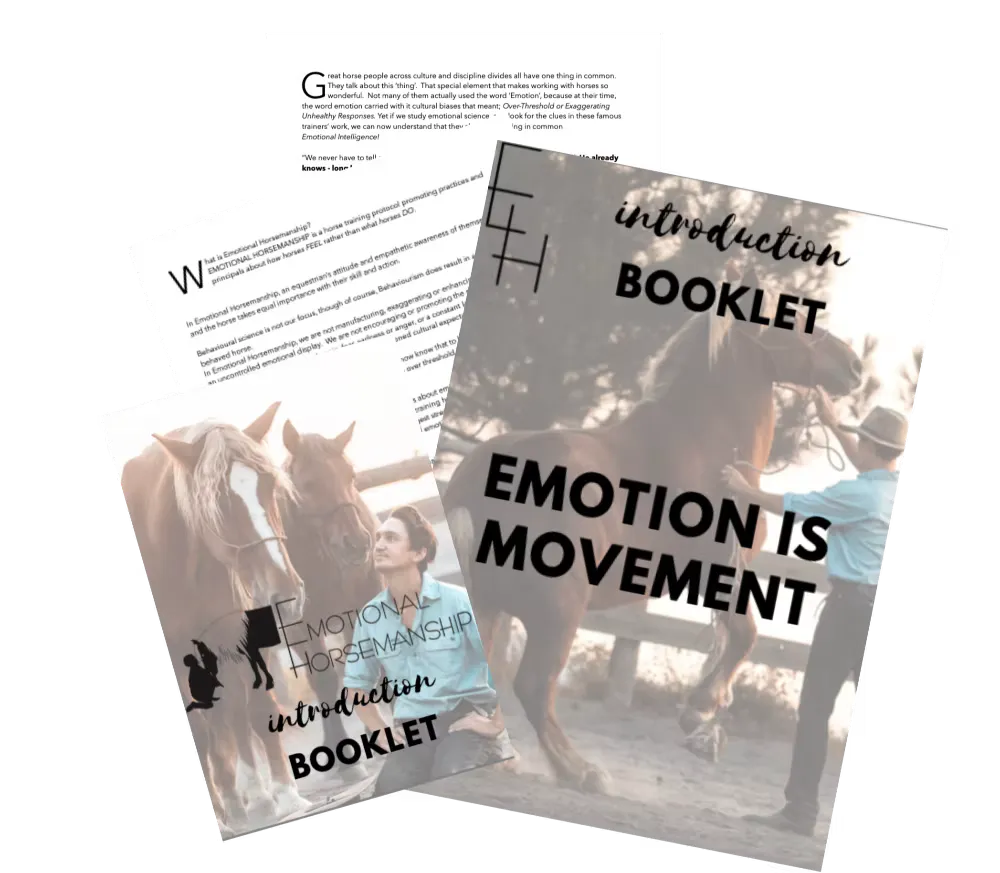
JOIN
The Emotional Horsemanship
SCHOOL
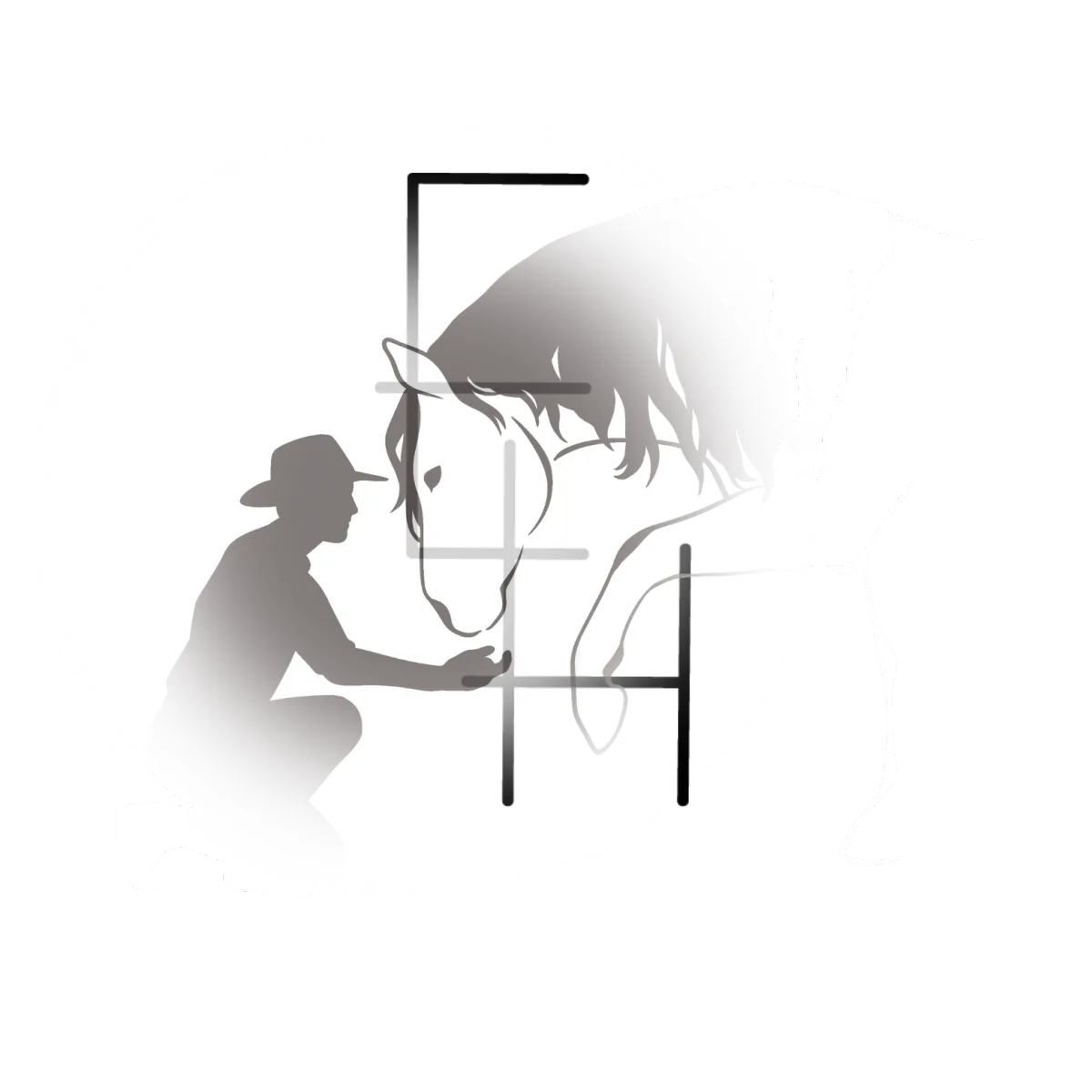
Dynamic and Exciting Equestrian Education
in a Curated Community
of Like-Hearted Horse-people.
Get Inspired
Put the Horse, in First Position Always.
ONLINE COURSES
Lifetime Access
Always Available
Professionally Hosted
Life-Changing Education
7-Day Money-Back Guarantee
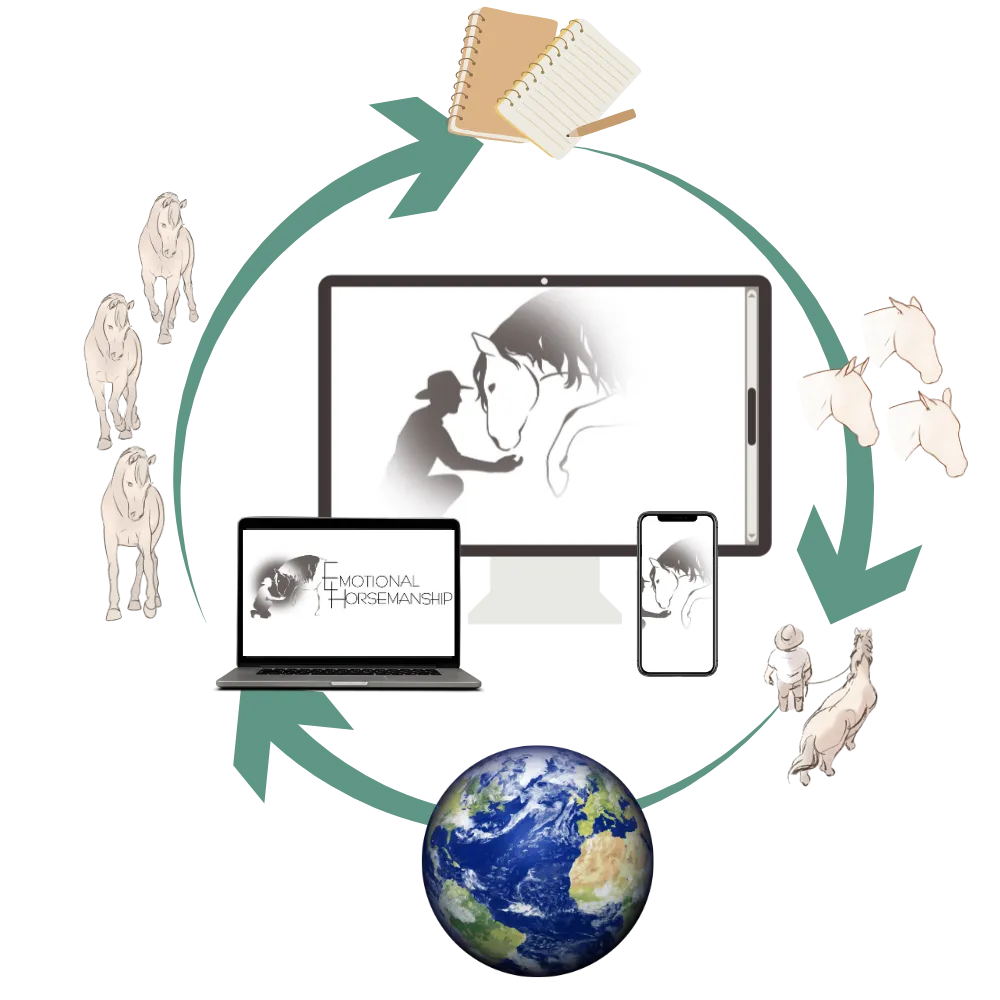
8 Online Courses Available and More Always Coming.
International Clinics
Put Your Horse First.
Attend an Emotional Horsemanship Clinic.
"ABSOLUTELY OUTSTANDING WORK today!
By far the BEST clinician AND clinic I have ever witnessed!
Your delivery, your receptiveness, your structure, your facilitation, your knowledge, your stamina, your teaching skills ARE PHENOMENAL!!!
It was an absolute PRIVILEGE to witness what you did today.
You are TRULY MAGNIFICENT."
-C. Moore.
Teamwork Makes the Dream Work
Meet the Team
Dedicated to Assisting Your Horse and You, on Your Journey Home with Emotional Horsemanship.
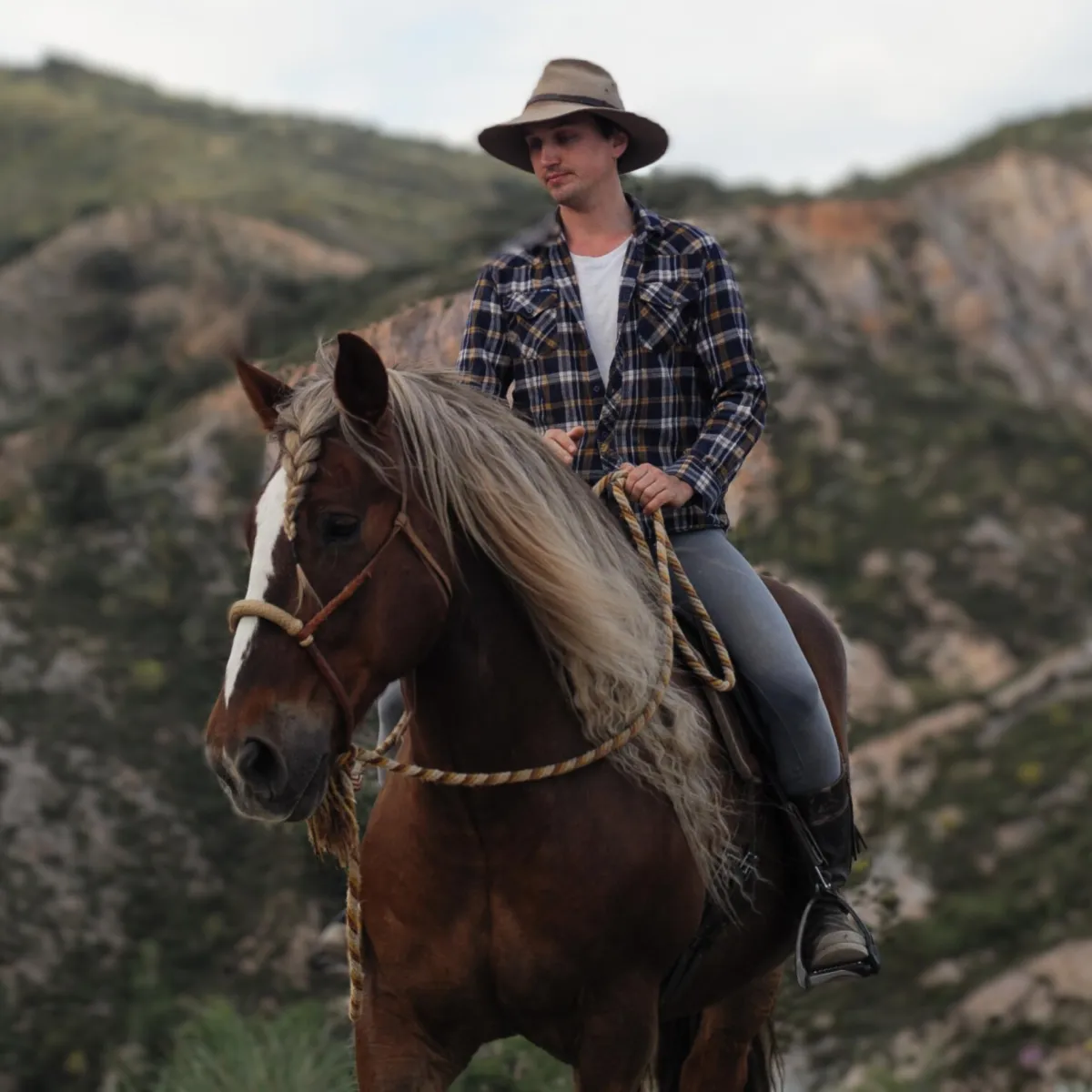
Lockie Phillips
Trainer, Instructor & Coach
Creator, Founder & CEO
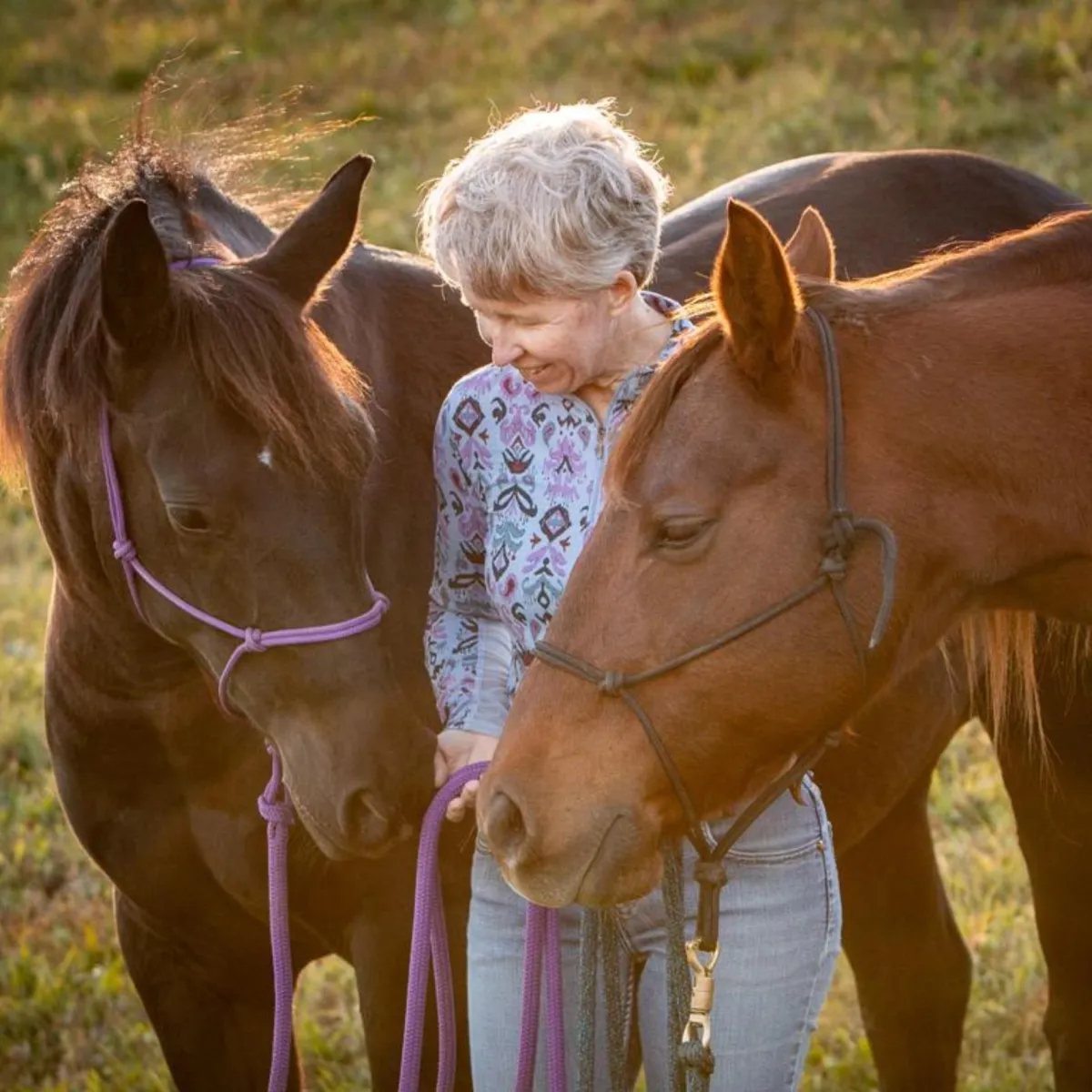
Michelle Knapp
Trainer, Instructor & Coach
EH Associated Professional
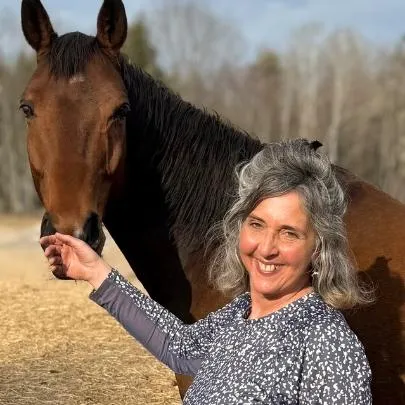
Kristy Foley
Energetic Translator & Coach
EH Associated Professional
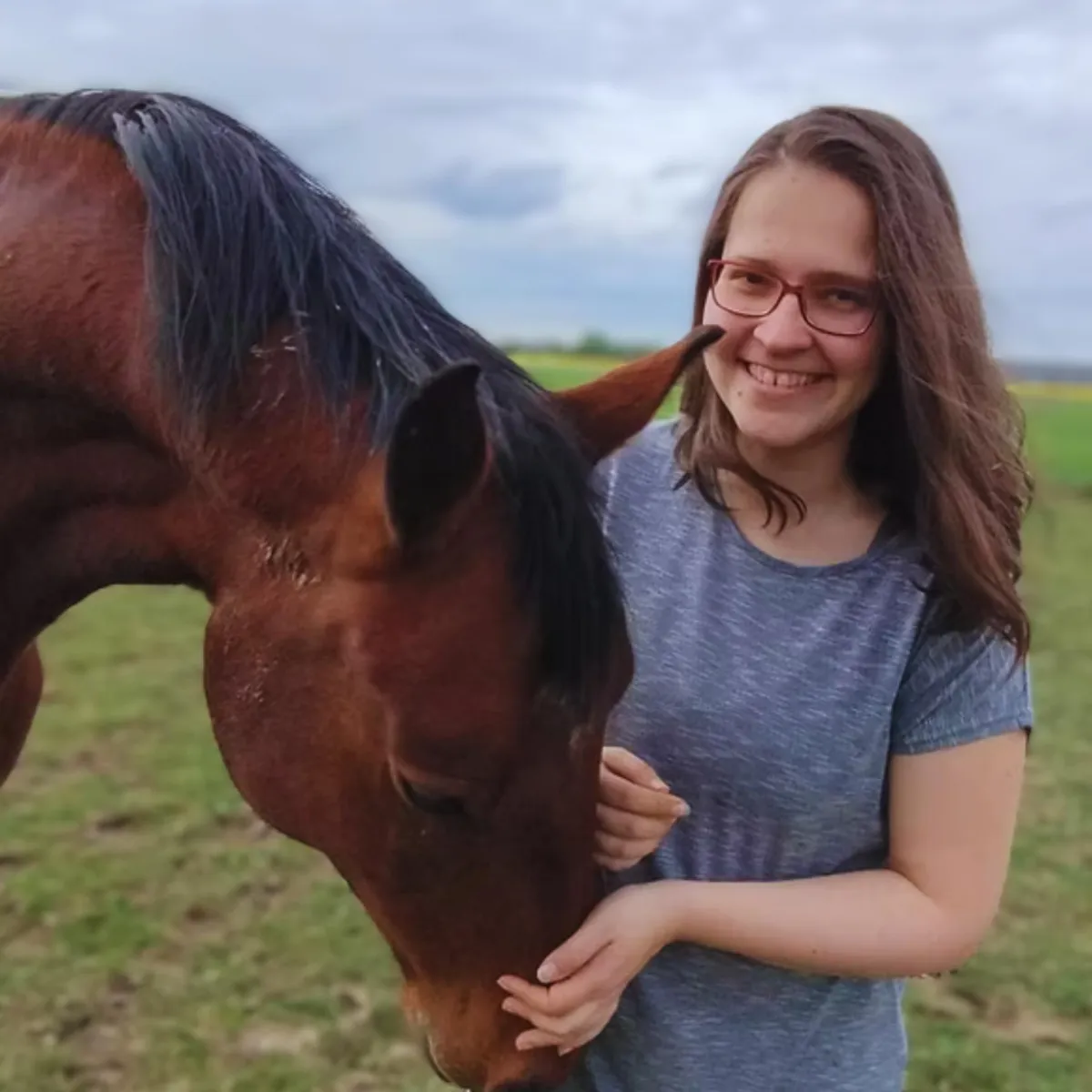
Kathrin Lueke
Client Support & Tech Specialist
Administrator
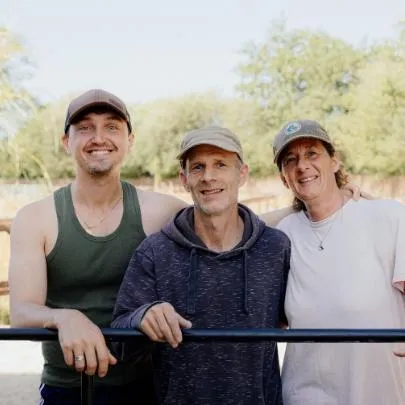
Brie & Stu Thorpe
EH Horse Carer
Farm Manager
Gardening and Groundskeeping
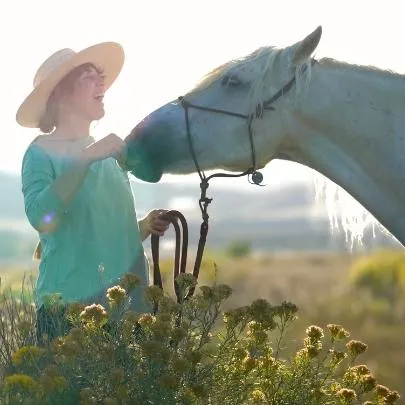
Hayley Jospehs
EH Student Teacher
Horsemanship Lessons, Coaching, Community Building
The Emotional Horsemanship (EH) Community is the BEST in the "HORSE-FIRST" space.
"...I felt safe and secure enough to relax, listen and open my heart to the knowledge shared."
"This was my first-ever horse clinic, and I was deeply moved by the care, creativity and generosity of Lockie Phillips. As an auditor I felt engaged in the experience. I witnessed the specialised interest he took in each Participant and in each horse, creating space of patience, ease and deep emotional work... Even though it was a new setting for me, with a lot to take in, I felt safe and secure enough to relax, listen and open my heart to the knowledge shared." - E. Hill. Edmonton, Alberta, Canada.
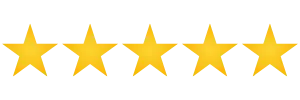
"No more ridicule and being shamed for actually showing care and affection towards their horses."
"Once again I was blown away by Lockie's educated knowledge, passion, a voice for horses, hard work and wicked tongue in cheek humour. This is what the Equestrian world needs to be listening to for the SAKE OF HORSES. Building block by building block building a community of like-minded people who just love their horses who want the best of them. No more ridicule and being shamed for actually showing care and affection towards their horses. "
- Anonymous Clinic Auditor, Perth Australia.

"...there is no judgement and the ecology is so safe and supporting."
"To be part of the Homecoming 2.0 course (online) has been the most warming experience! Just so warm, friendly, kind and supportive and I feel so lucky to have been a part of it... Another striking aspect of the course and the zoom calls is the fact that there is no judgement and the ecology is so safe and supporting." - T. Schäfer, Denmark.

"Within this group there was only support. Egotistical judgement does not exist here."
"I personally have never felt safe amongst equestrians outside of this group. For the first time, since coming back to horses in my adult life, I felt safe. Within this group (online) there was only support. Egotistical judgement does not exist here. The fear of asking questions falls away once you ask your first and see that there was never ever any reason to be scared to ask a question. Now this does not happen frequently in the outside equestrian world I know, where ego rules the Kingdom. But within this space, carefully curated and cared for by Lockie and his team, I found a safe place where we could grow exponentially if we chose to. I did. I continue to"
- C. Murphy, South Africa.


2025 Lockie Phillips - All Rights Reserved Emotional Horsemanship S.L. CIF: B-56570906 Lugo Province, Spain
To get in touch with us please email [email protected]
All photography on this site is copyrighted to original artists. Third party use is strictly forbidden.
